When looking for hotels in Yangon, I went through a number of threads and reviews, since I haven’t been anywhere close to the city, and there were no major chains present. I ended up settling on Traders Yangon, which is as close to a chain as possible (it’s a Shangri-La property – an excellent chain of hotels); there were a few other very good options, such as the Governor’s Residence, but unfortunately, the glory days of $100 5-star hotels in Yangon are far, far gone, and the Governor’s Residence was pricing out in the $400 range for the days I needed it for, which was completely unreasonable. I managed to find a sort-of a mistake deal on the Traders (with breakfast, too!), so I went with them instead – plus, having participated in the Shangri-La 3rd anniversary game, I had some points to blow on dinners.
Seeing as Traders is the “budget” version of Shangri-La, I was prepared for a somewhat scrungy 3-star hotel. I wasn’t quite prepared for what we came to, though.
Here goes the photographic diarrhoea that I had previously promised. On the off chance it makes you feel any better, I have a total of just under 4,000 pictures from this trip; so what you are seeing here is a very carefully curated subset.
Building from the outside:
Metal detectors at the entrance:
Entrance:
Lobby (if this is a 3-star lobby… I will eat my hat):
Completely anonymous, Western-looking corridor:
Elevators:
Room:
Seriously… absent any reality check, none of this looks remotely like anything. That is to say, this hotel (except maybe the metal detector) could be anywhere in the West, or East, or South for that matter. It was extremely upscale, very clean, with spectacular service, and just overall… NICE.
The view from the room, though, reminded where this was:
We headed out to breakfast. Another surprise awaited us here. I’m used to the pathetic breakfasts that hotels tend to usually have – and if not “continental” (which means three fruits, a piece of bread, some juice and a whack on the head) then a “full” one, which replaces the last item on the previous menu with a piece of bacon that can be used as an assault weapon due to its stiffness. Overall, I have rarely had good breakfast experiences (notable exceptions: InterContinental Park Lane and Fairmont Chateau Laurier). Well… add Traders Yangon to this list. I was absolutely floored at the breadth of selection, and the taste – things tasted well (I don’t know why that surprises me, but in today’s world of saving a penny on everything, it just does).
There was a lot of choice. Quite amazing. Even catered to vegetarians, halal, and non-halal eaters. And so began my adventure with Myanmar’s food (I’m fully cognizant that the above is hardly “Myanmar food”, but I lump it together with a more general “food that I ate in Myanmar” rather than an expression of ethnic belonging).
We ate, and headed out, as our driver was waiting. The tour of Yangon began. Of course, our first experience was the heat: though we weren’t crazy enough to go to Yangon in May, which is the hottest season of the year, we weren’t too far off with our trip.
I should preface this by saying that just prior to arrival, I discovered that Top Gear did a Myanmar special – so I decided to educate myself on visual imagery of Myanmar by watching three old men drive around in trucks and look like fools. It’s hardly the appropriate cultural education one requires prior to landing in a country, but it was mildly appropriate in its levity. Fast-forwarding to the present, I am happy to report that a lot of the craziness that was shown in the Top Gear special was actually not entirely true, but it was still an amusing episode.
Our first stop was the Botataung Pagoda (“the 1,000 military officers’ pagoda”). Sadly lost in World War II, it was completely rebuilt right after independence, in 1948 onwards. It is a major attraction in Yangon, and was my first reality check: no shoes anywhere in sacred places. I’m used to religious places requiring visitors to go shoeless: Japan does this, Abu Dhabi did this, Istanbul did it in and so on. However, most places are inside – in Japan, each temple could require you to remove footwear, but only if you actually go inside – not on the grounds of the temple. This was not the case in Yangon. The entire premises were completely shoeless, inside and outside! Interestingly, while the locals would just leave their shoes on the steps and head right in, foreigners had to be redirected:
The entrance fee was $3 each, and allowed us to store our shoes in that hut, and get wet towels the purpose of which was unclear… until I realised I could not wear socks inside, when all became clear to me. Ha. Well, I figured, I’m here for the cultural experience, so charge on! We went to the entrance.
The pagoda was, unfortunately, under renovation, so rather than looking like this… (courtesy of Wikipedia):
… it looked like this:
But not to despair. Much stuff was yet to see. For instance, the absolutely fascinating gilted interior maze:
And the excavated artefacts, which were quite fascinating, but in all fairness, the crazy gratings kind of took away from the experience somewhat.
Outside, we walked around the perimeter of the pagoda to see the mini-shrines dedicated to each day of the week… except most curiously, Myanmar astrology recognises not seven, but eight days of the week: while there are the normal Monday through Sunday, Wednesday gets split into two: between 18:00 and 23:59 it’s no longer Wednesday, but Rahu’s day, a unique Myanmar creation. Therefore, a pagoda will have not seven, but eight shrines dedicated to weekdays, and each person who visits would go and pray to their particular day’s shrine.
An interesting tangent here is what matters to what cultures. There are certain indelible bits of knowledge that are completely natural to a certain culture, and completely alien to another. In Japan, for instance, it is very weird to not know one’s blood type; relationships are built and broken on people’s blood types, and everyone knows theirs. In Myanmar, when our tour guide took us to visit this first pagoda, when he was explaining the day of the week concept, his first question was, “what day of the week were you born on?” – and I had absolutely no idea. I had to pull out my iPhone and scroll all the way back to my birth year to see. Turned out it was a Friday, for what it’s worth.
This is the view of the Tuesday and a Saturday shrine.
We then continued down a passage to another section of the pagoda complex.
Mmm… turtle soup. Egads! I really shouldn’t say that, they are probably sacred.
In this shrine, people brought wads of bananas. It is said that bringing bananas to this god helps gain success in one’s business (whether the business in question revolves around bananas or not).
Came across a group of volunteers who were diligently washing the floors of the pagoda complex. I hate to be a party pooper, but spoiler alert: this was not helping.
On the way out, came across most of the Buddhist history in frescoes à la Michelangelo.
The ceiling was quite intricate.
On the pagoda grounds, we came across a number of interesting people. Some who simply sat in the shade of the trees:
Some who greeted us as we walked by:
Some who were there to contemplate life in the shade… or just the cool floors:
Others there because their parents probably told them so:
Others quite likely because their parents told them so:
Yet others seemed to actually ponder their life, in spite of age:
It was absolutely fascinating to see this many young children indoctrinated with respect to their traditions, however. Though not many wore monk robes, all the children that were on the temple grounds would pay some level of respect to the Buddha – whether actually kneeling and making a semblance of a prayer, or just doing a quick bow and running along – but overall, it was very impressive to see children do that. Respect for tradition is a cornerstone of a society’s ability to survive, and I was humbled by the effort the Burmese society makes in this regard. Not all the children were Burmese, of course – though there were relatively few foreign tourists, there were numbers of Thai and other neighbouring countries’ tourists – and even those children behaved similarly. Very impressive.
Another thing we saw on the pagoda grounds was a Red Cross setup for blood donations. Once again, it was moving to see this many people participate in what were obviously less than spectacular conditions (I couldn’t imagine being covered by a blanket when the weather was 37 degrees Celsius, and just the whole thing looked ….. HOT).
On the way out, we passed by a Buddha shrine with something rather peculiar:
That’s right: around the Buddha’s head, there was a whole flickering LED setup. I found it really incongruent with the rest of the exhibit, but I later discovered that it seems to be all the rage in Burmese temples, and most of them have this.
We went to our car to drive onwards. Saw this Mazda RX-8: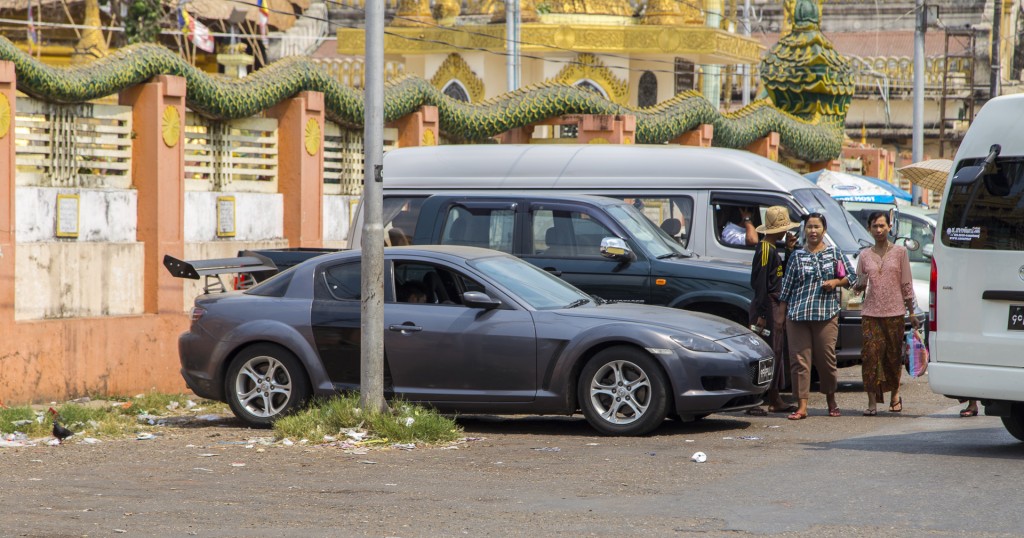
One thing I was suprised by in Yangon were the cars. There a great number of completely rickety vehicles; especially buses, such as these:
Also, people drive … in a way I cannot recount. If you’ve been to India, kind of like that. What completely shocked me, though, was just how many nice cars I saw in Yangon. I saw no less than three or four Nissan GT-Rs, an inordinate number of Lexuses (the 460 and the 600h, no less), and so on. Somewhat surprising for a country just coming out of an embargo.
Driving to our next destination, we came across a number of examples of old colonial architecture, in what was most likely their original state, too.
Thought this looked like a Yangon version of Abbey Road, as well.
Eventually we came to a pretty strange place: it was a completely perfect park, situated in the centre of the city. Given the general state of Yangon being closer to the above pictures, it was very peculiar to find this perfect park in the middle of the city. Interestingly, it was kept perfect by keeping people out, rather than in – a solid barbed wire setup around the perimeter ensured that (and made our entry into it particularly difficult until we realised there is literally one point of entry on the side with a security gate).
The perfect park with the happy people in it:
And the perimeter with not-so-happy protesters around it (protesting about lands that were confiscated from them to build a hyperspace bypass).
The monument at the People’s Park:
The High Court building (another great example of colonial architecture):
Next, we went to a market. Parking is somewhat hard to come by, so we parked in the parking lot of an abandoned hotel, The Grand Mee Ya Hta:
(love the towering Hitachi building in the background, makes for an interesting contrast).
The market was the Bo Gyoke market, one of the best known in Yangon. Basically, it sold jade, pearls, other jewelry (for prices sometimes exceeding $2,000 for a necklace – and yeah, those are not some devalued dollars, those are legitimate US dollars!), fake bags and the like:
Came across this Toyota Crown with “JUNCTION PRODU E” (that’s a tuning shop, supposed to be “PRODUCE”, obviously) mods. This one is far, FAR from home (=Japan).
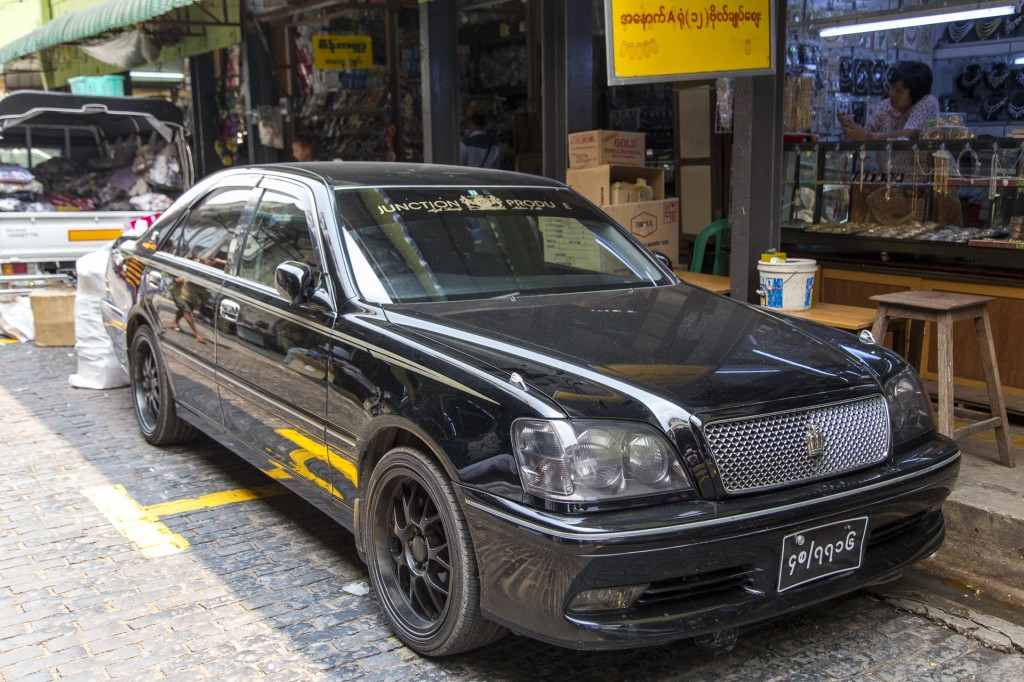
At this point, seeing as the little one was being extremely patient with all the pagoda visiting and other things that he likely cared very little about, we inquired as to what stroke his fancy, and to my great, great surprise, it was neither pagodas nor Buddha nor parks or markets. It was… trains! Right. That’s got to be a shocker. So we went to the Yangon Central Railway Station! The railway basically remains from the colonial times… and is completely unchanged. Piece of history here.
Traffic (pedestrian and rail) is about as insane as outside in the city. Just at a slower pace since the trains run more slowly.
Part of the skills required of a Burmese train operator is to … just know … how not to go certain places.
When a train arrived, we decided to go around and explore. Those steps look exactly as difficult to get up on (with a toddler) as they were in reality.
The interior of the train looked like … it was designed to take many people to many places. Comfort wasn’t exactly a design consideration.
People tend to sell wares to passengers of trains… and they park their stuff really just about anywhere where there is shade, whether logical or not.
Another shot of the station and an awesome hairdo.
Who needs to actually stop at the station for passengers to get on and off – right?
After the thirst for knowledge of the young one was satisfied, we returned to Buddha sightseeing and went to see the Giant Reclining Buddha of Yangon.
We stopped by Aung San Suu Kyi’s house, though, though to be honest, there wasn’t very much to see.
It’s located right on the lake, though, and the area in general seems to be very nice. But on to the Buddha.
The statue is absolutely breathtaking. “Massive” does not begin to describe the sheer size of it.
As with a few other famous Buddha statues, an interesting effect can be observed: when watching the statue head on, the face could be said to be slightly smiling, and is generally of a positive demeanour.
Yet, when watched from the top of the head downwards, the face appears sad, almost crying.
This optical trickery is recurrent throughout Burmese Buddha imagery – I have never seen it done before, and it definitely creates a different perspective.
In the meantime, an ordainment was in progress.
After this, we returned to the hotel to take a break, snack, and head onwards. Our final stop for the day was the magnificent, glorious, massive Shwedagon Pagoda, the most sacred Buddhist pagoda for the Burmese. On the way there, we saw a car that looked like it was way too hot…
… and a car that was being filled way above its capacity (spoiler alert: they all fit and joyfully drove off):
And yes: that’s Shwedagon Pagoda in the distance.
The entire complex is quite huge, the pagoda itself is 99 metres tall, and it certainly is one of the most recognizable buildings of the Yangon skyline.
We went to explore the pagoda grounds.
In a stark reminder that this is, indeed, 2014, we came across free WiFi…
… and another LED-powered Buddha.
Incidentally, it was very interesting to see the sheer number of people who had camera-capable phones and were taking pictures of everything. As a matter of fact, I would venture so far as to say that most people didn’t have an actual camera – they were using some kind of a phone to snap pictures with. Also, the vast majority of phones were Android-powered – I saw very, very few iPhones, which is likely indicative of the prohibitive price point that it carries for countries like Burma (and Thailand, since there were a number of Thai tourists).
We came across a number of monks at Shwedagon. We saw grumpy-looking monks…
… pensive monks …
… scurrying monks …
… elder, meditating monks … (incidentally, the reason the shot is angled was because people were standing just off to the right taking selfies with the monk, which I thought was somewhat crass) …
… young apprentice monks …
… and in a completely endearing moment, one kid helping another with his monk’s robe.
Between this and that, night fell, and we started heading out, but not before being treated to a deeply impressive light-up of the Shwedagon.
After mavelling at this sight for a while, we went downstairs, got into our car, and left.
Remember how I mentioned traffic rules are entirely suggestive, rather than prescriptive, in Yangon? Here’s an example.
Yep – the taxi was literally going the wrong way on a one-way street just because he needed to get to wherever it was that that one-way was coming from. Sigh.
I’ll sign off with this far-away shot of the Shwedagon Pagoda at night.
This ended our single day in Yangon. It was a complete overload of information, and an interesting experience. I wasn’t sure what to expect next in Bagan, the city of a thousand pagodas (actually, over 2,200), but I was looking forward to it. The hustle and bustle of Yangon was actually slightly disappointing: I was looking for a more rural, “different” experience, yet it ended up being another capital city. Not that I was surprised, though. In all the research I’ve done prior to structuring my trip, every comment I read said that Yangon is well worth exploring for a day or two, but anything onwards should be elsewhere in Burma, and so that’s exactly what I planned; and I felt in a day, we saw most of what I would have wanted to see in Yangon.
So new adventures are up next… and if the paper ticket on which my flight information is handwritten is any indication, it should be all good fun!

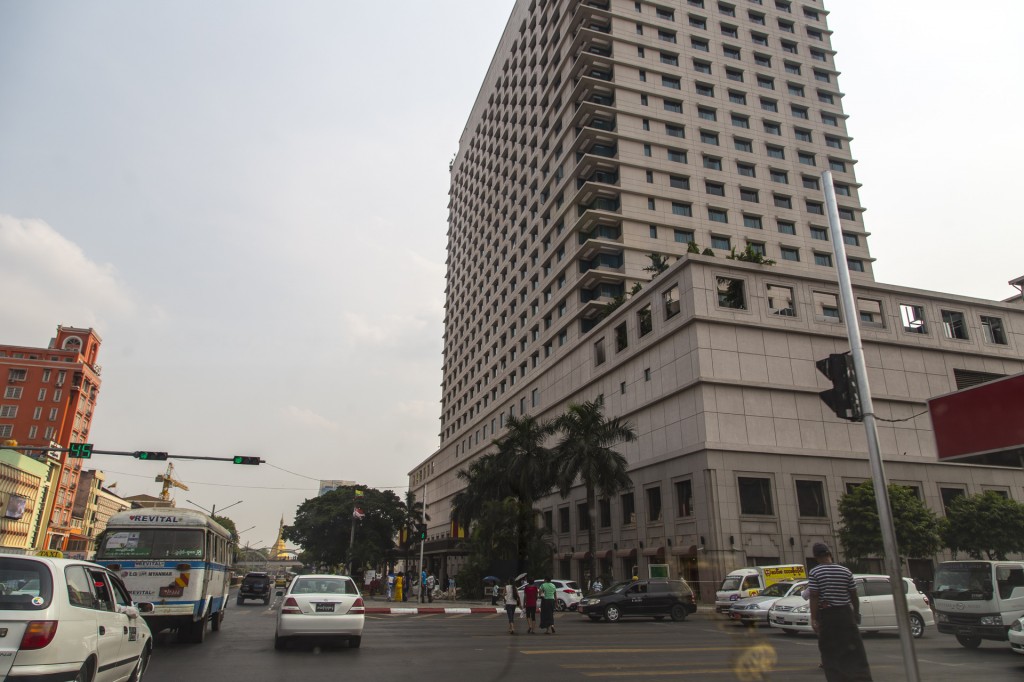


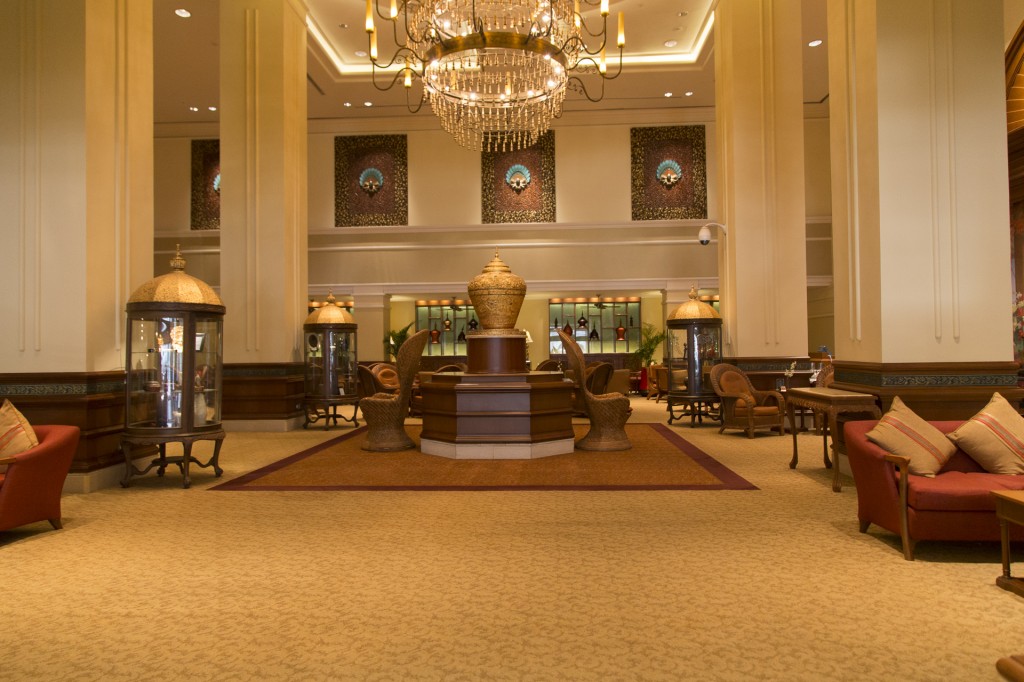
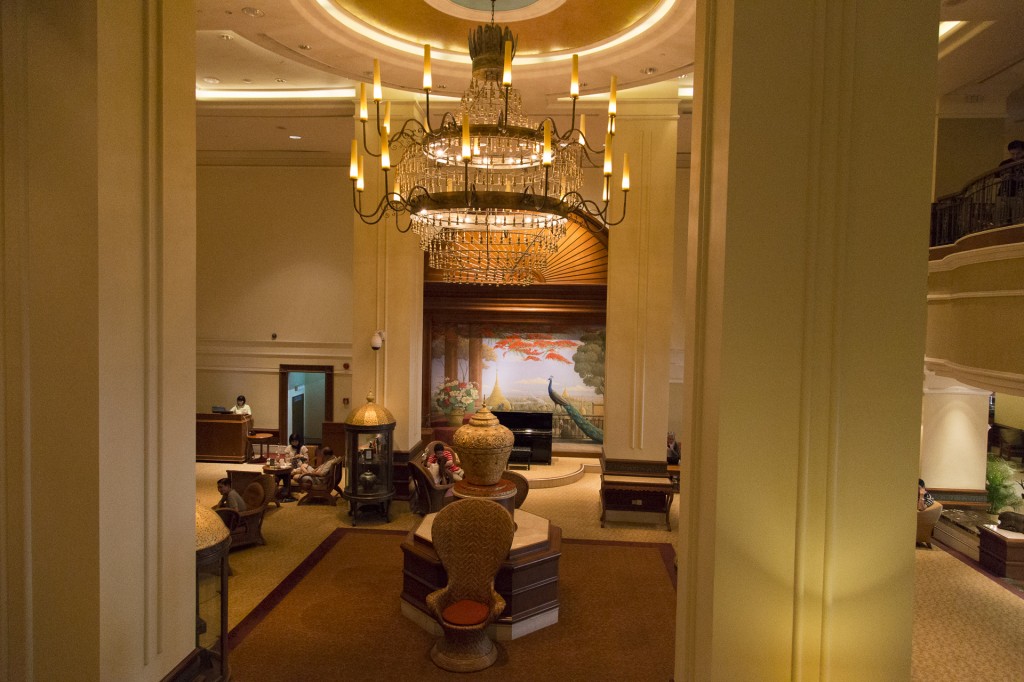
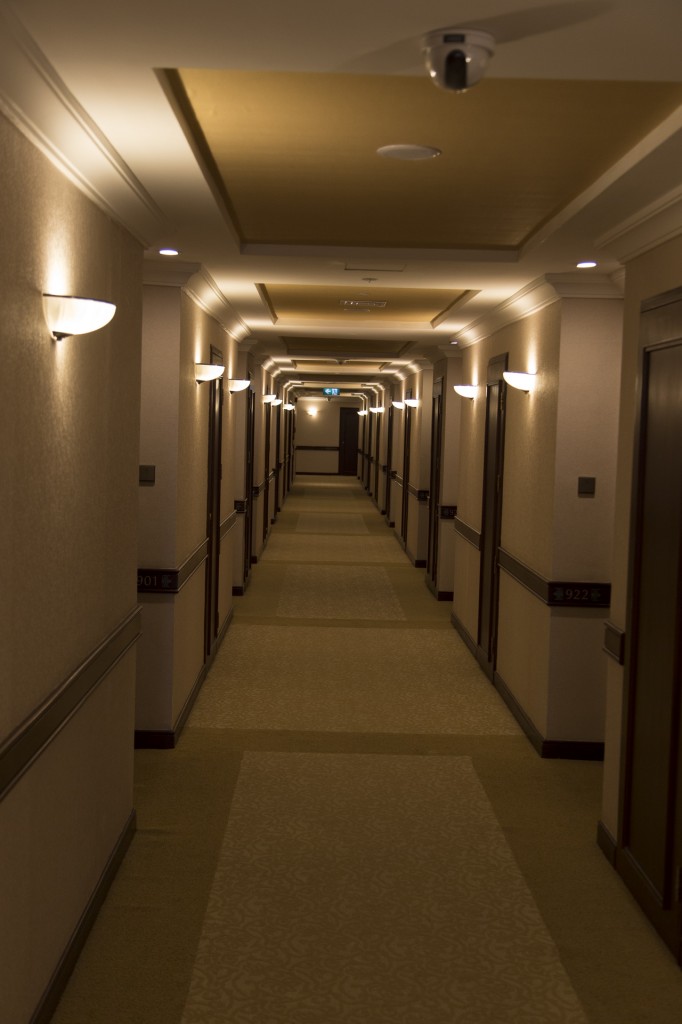
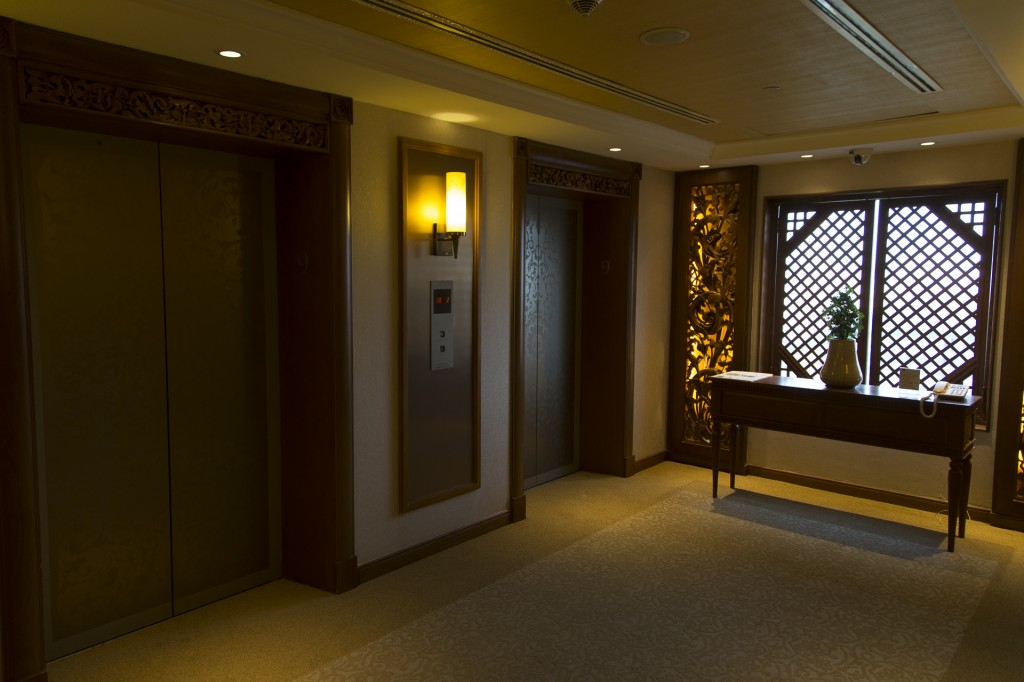
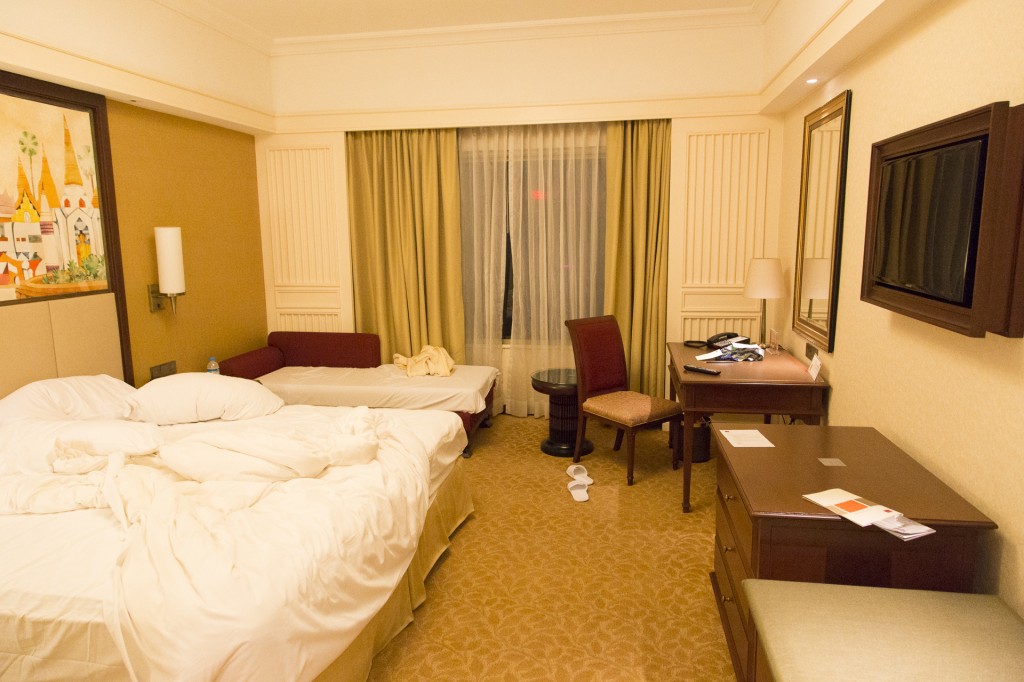

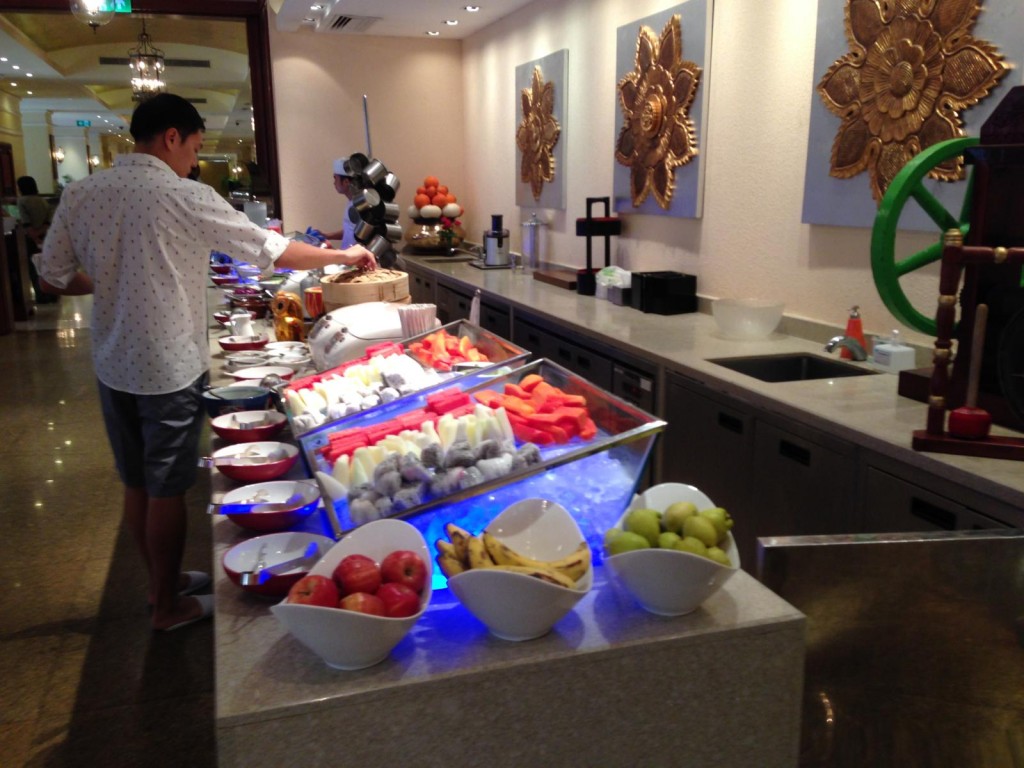
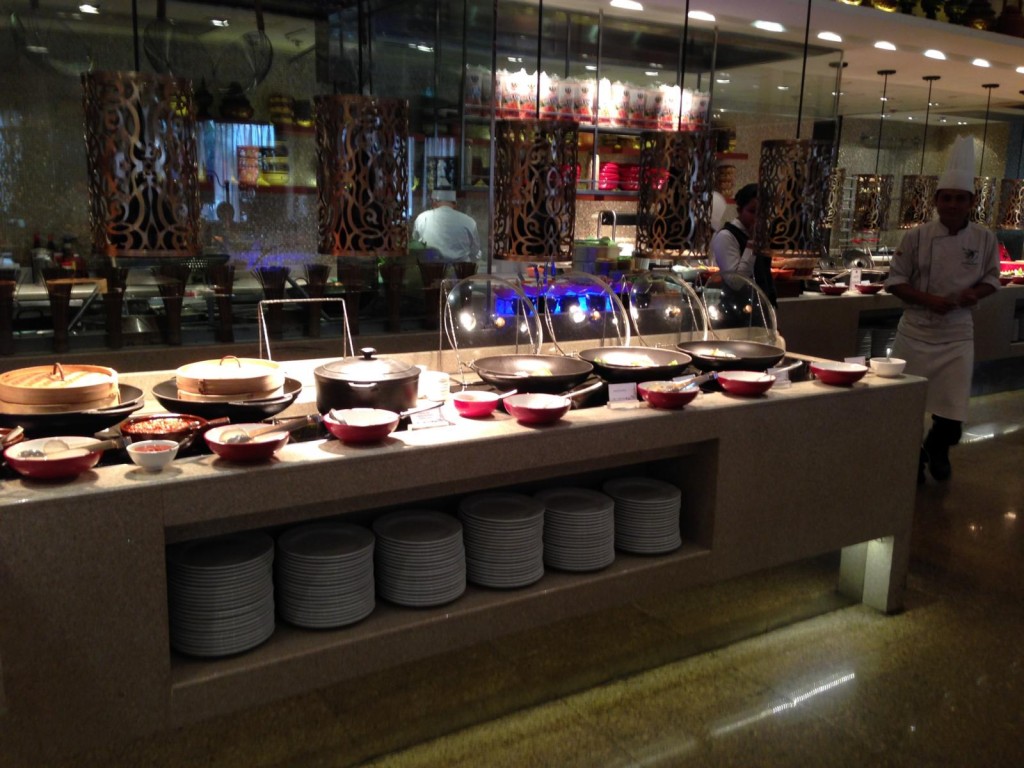
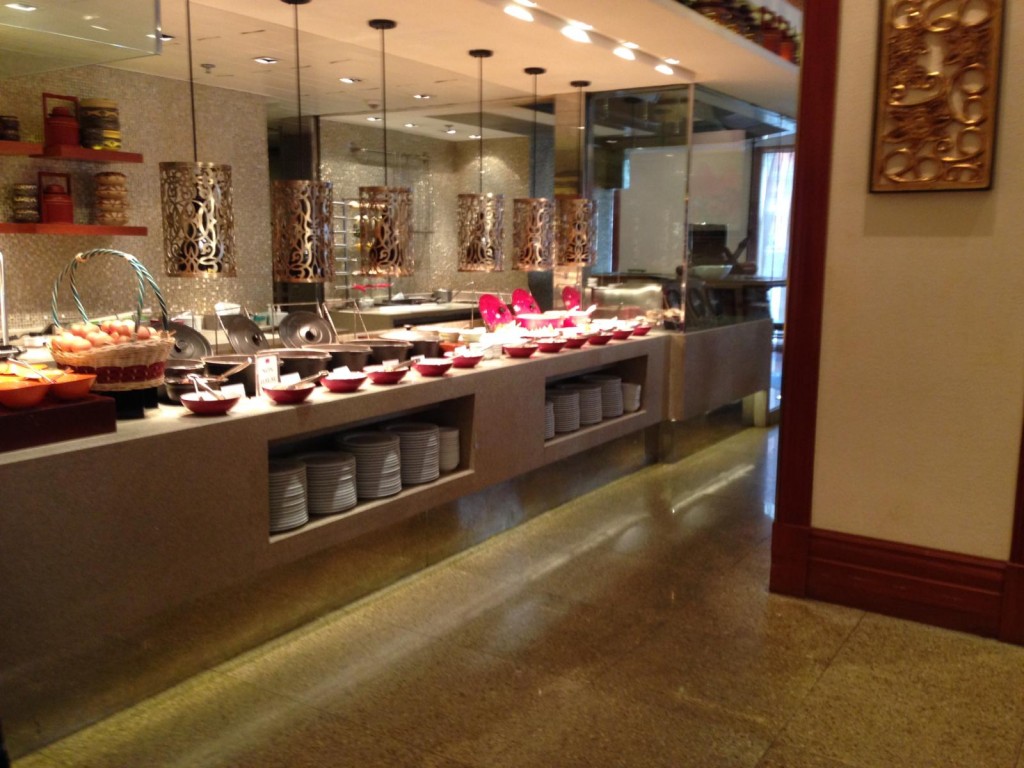





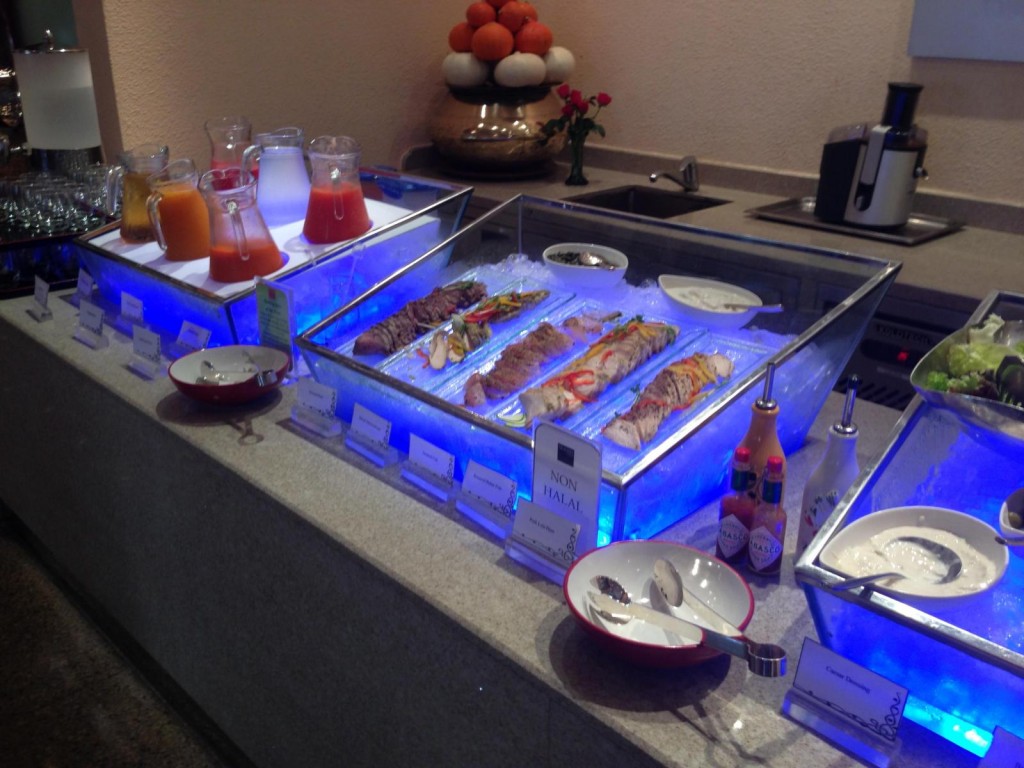


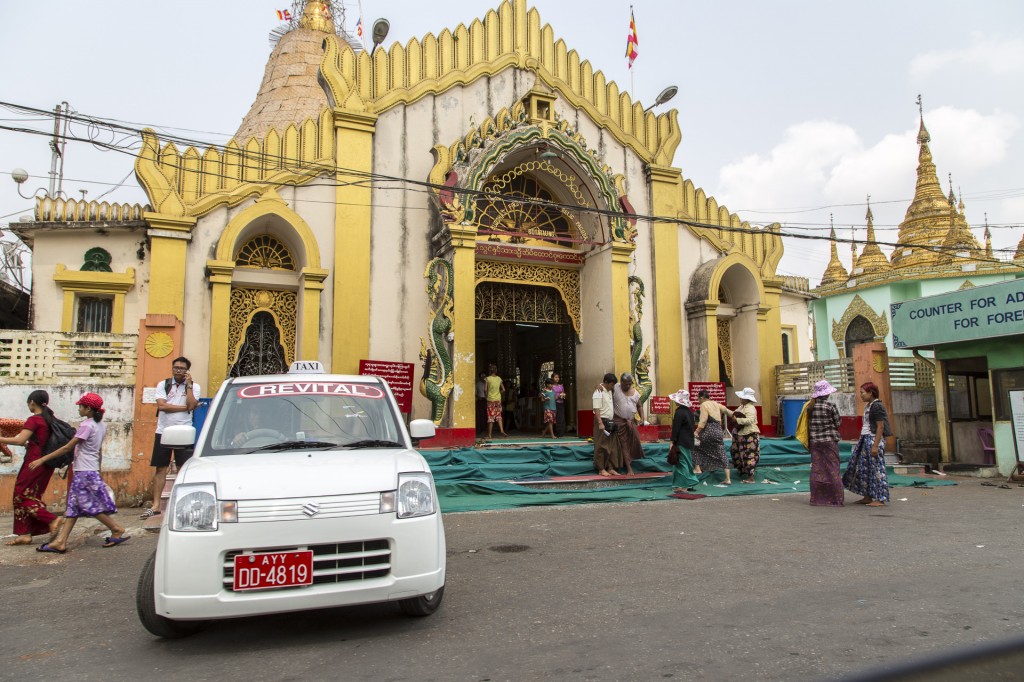
![682px-Botataung_Pagoda_stupa_with_flags_Yangon_Myanmar[1]](http://amphibia.com/wp-content/uploads/2014/05/682px-Botataung_Pagoda_stupa_with_flags_Yangon_Myanmar1.jpg)
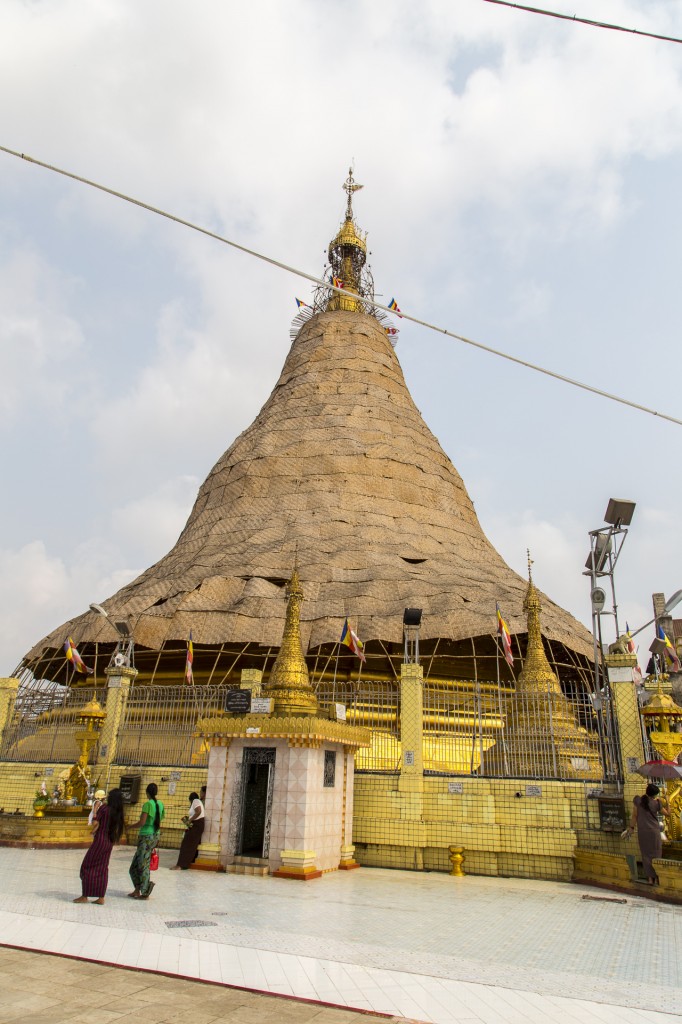
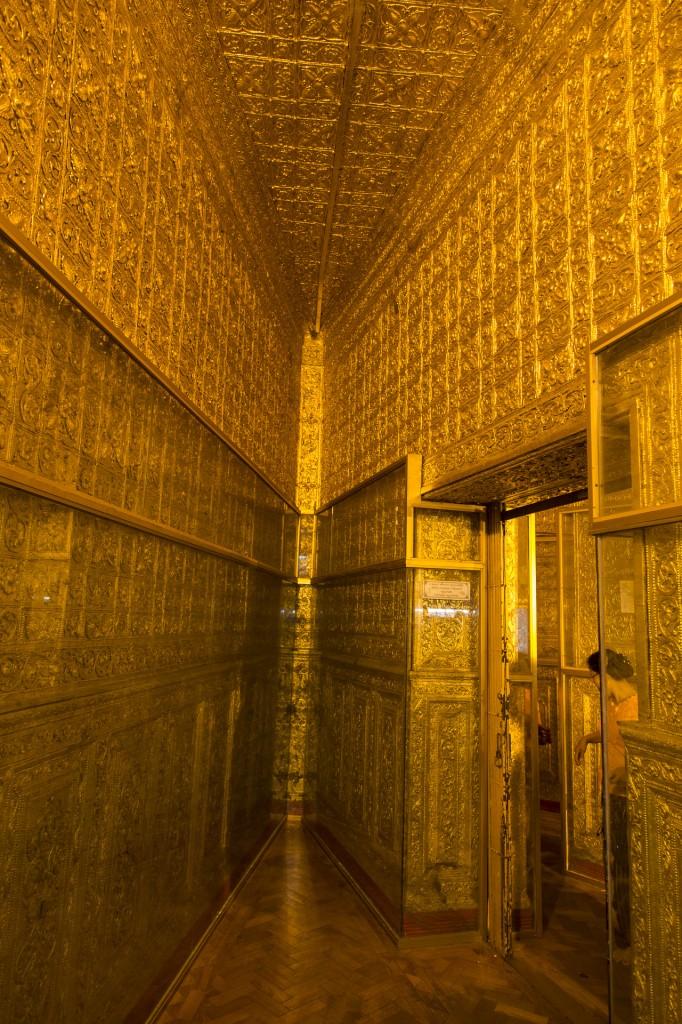
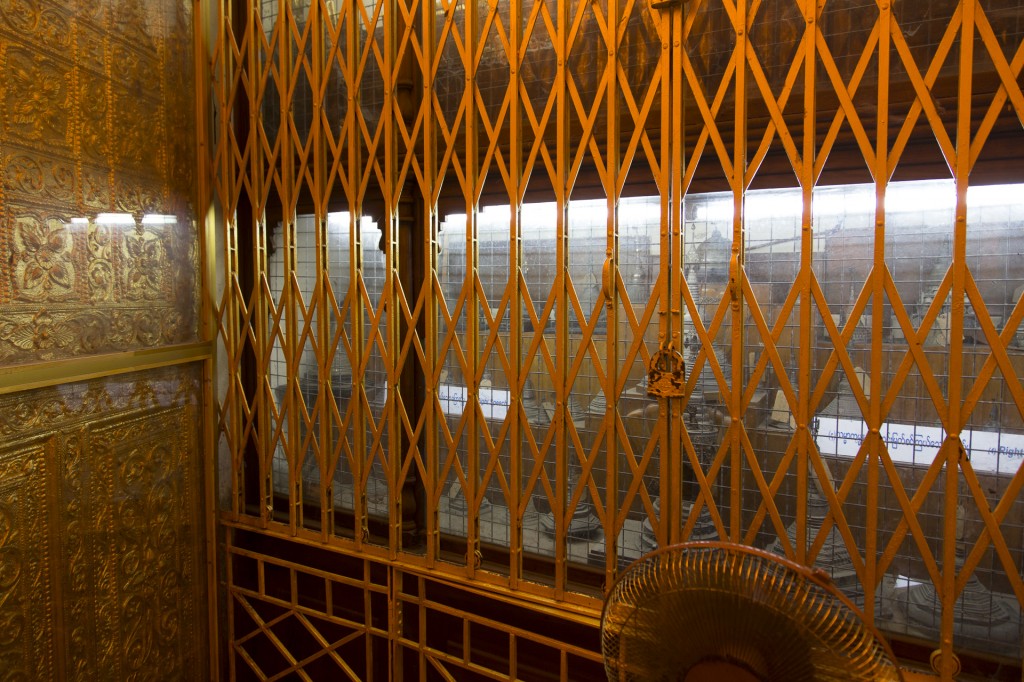
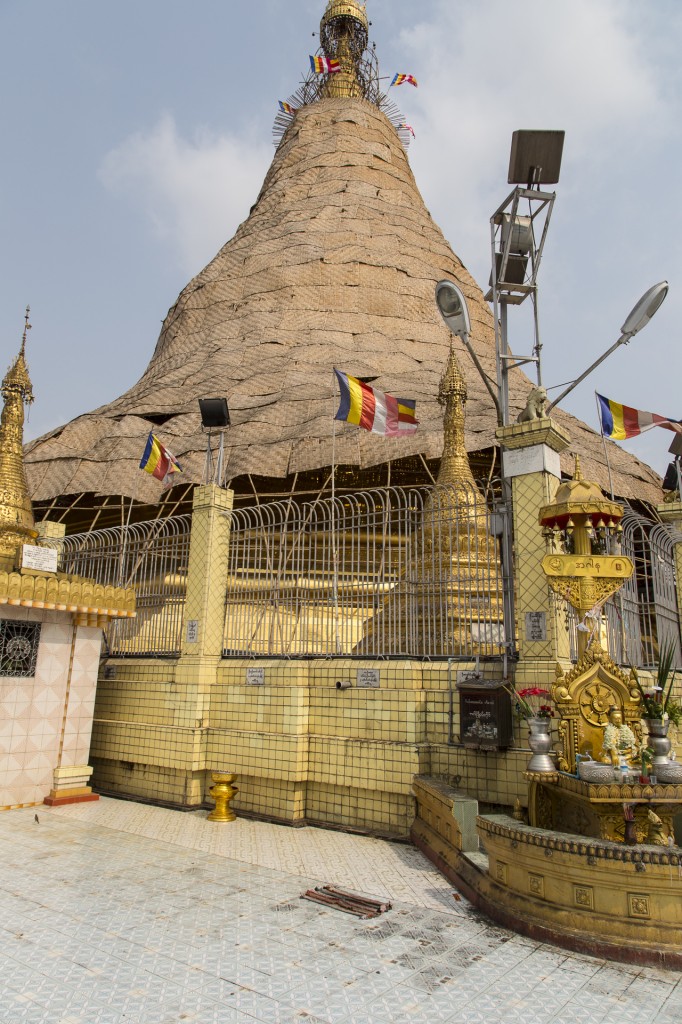


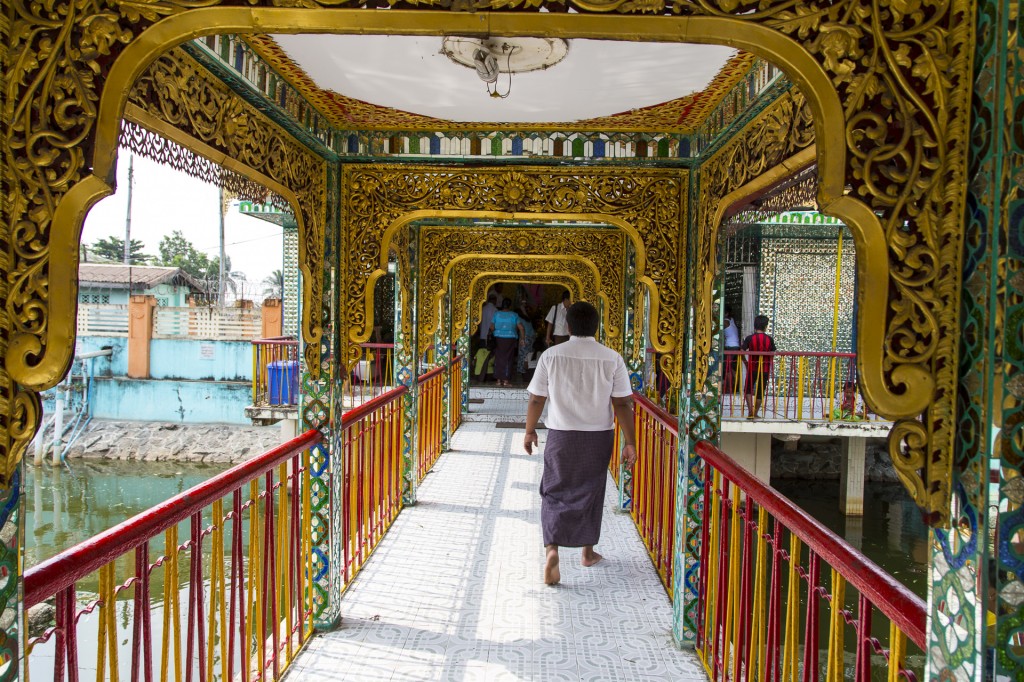
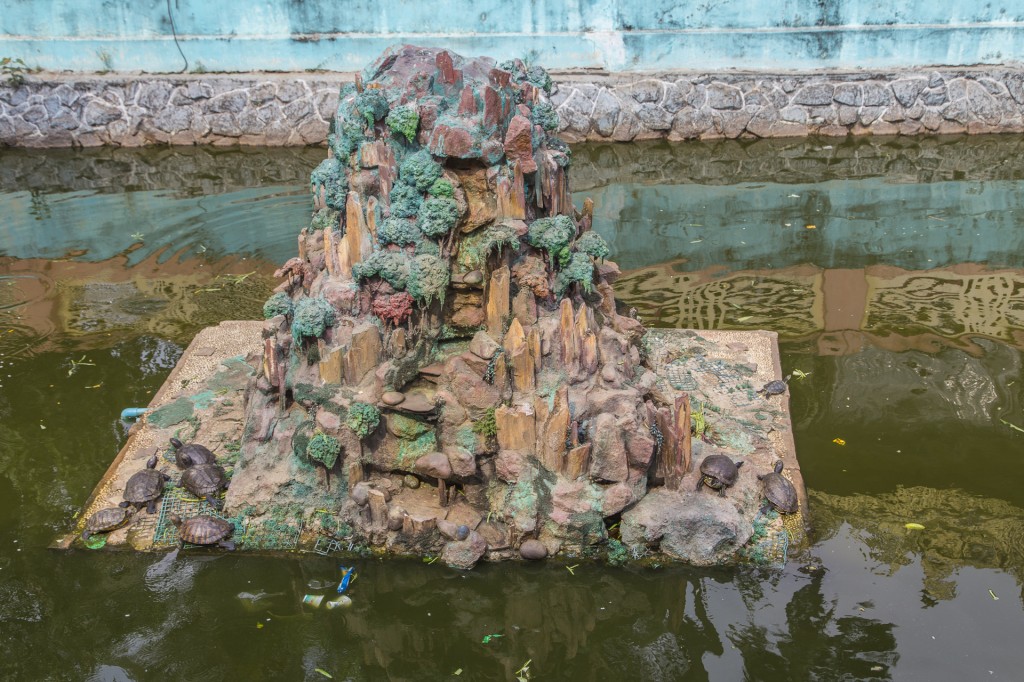

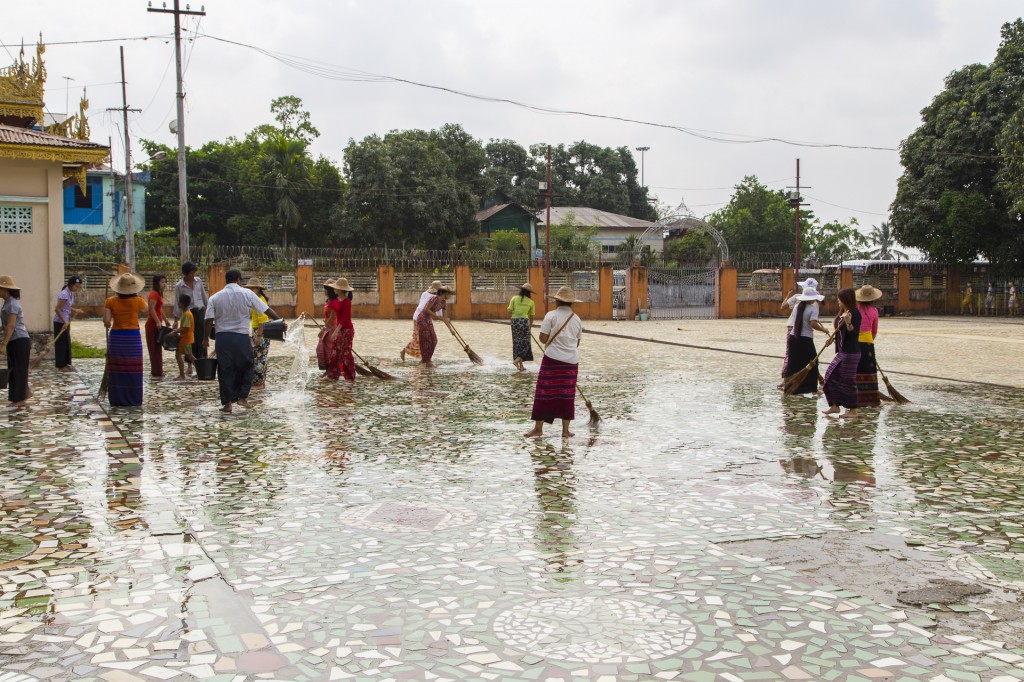


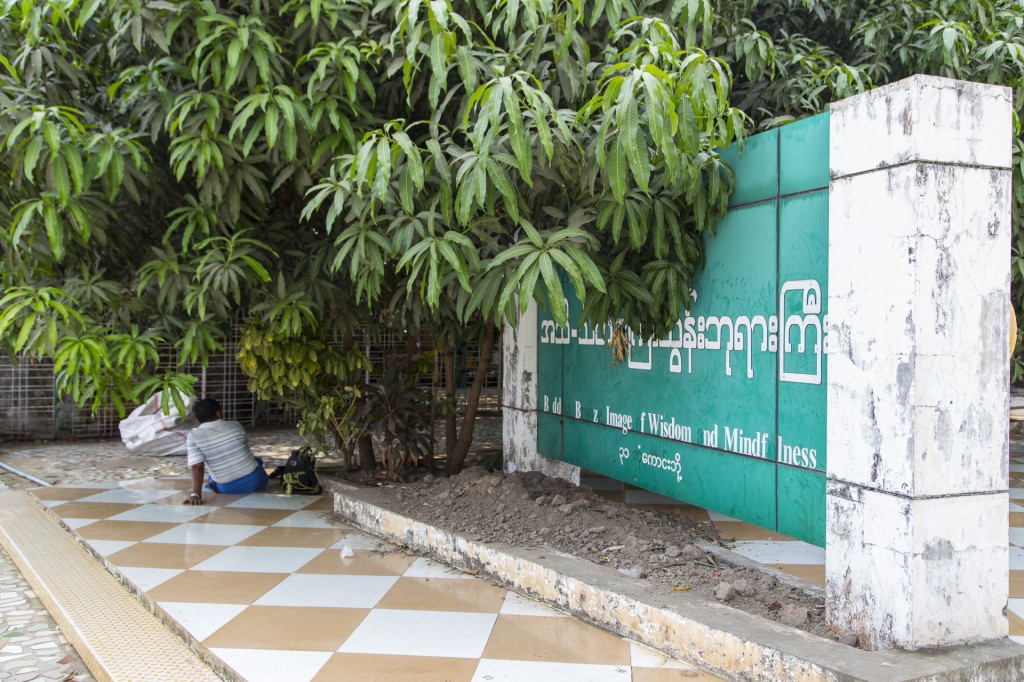

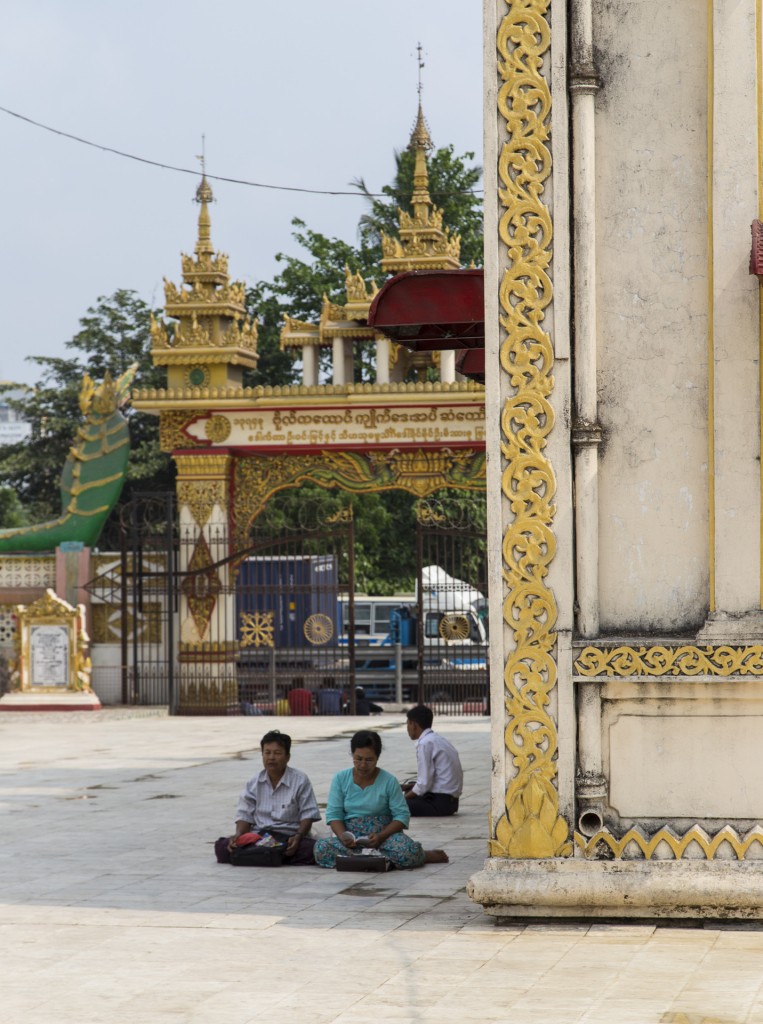
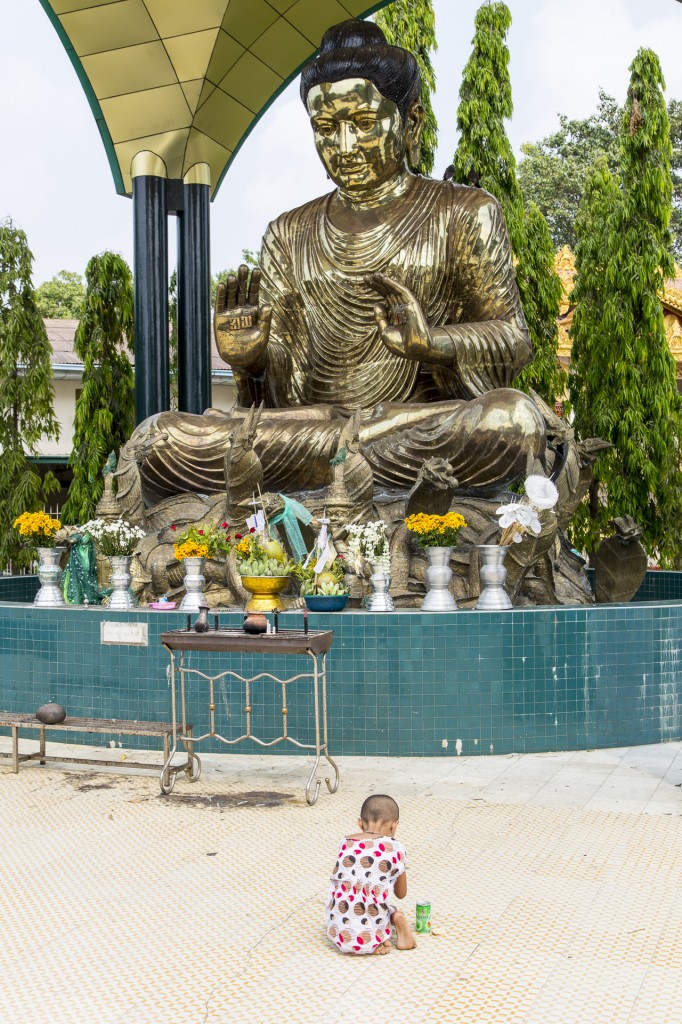
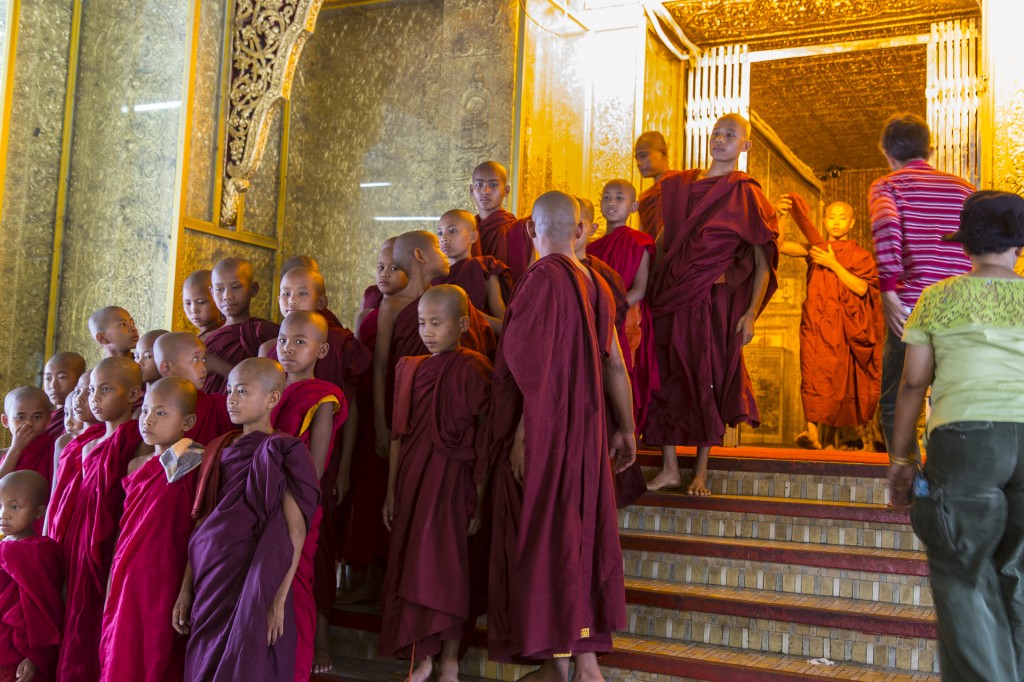
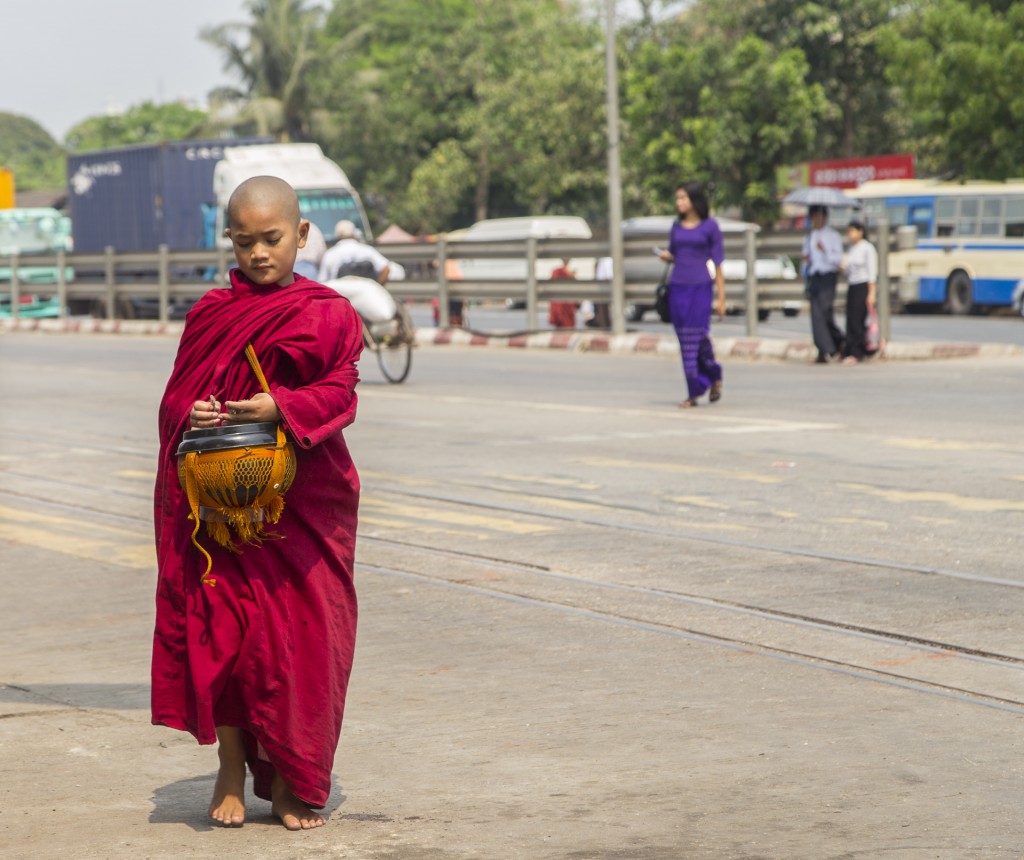
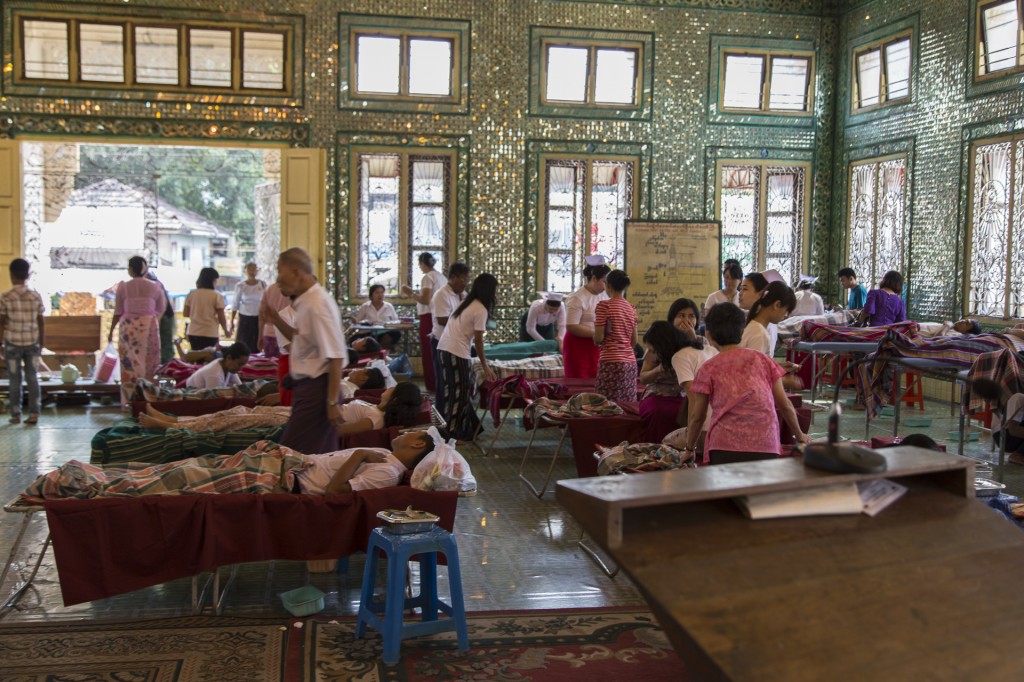
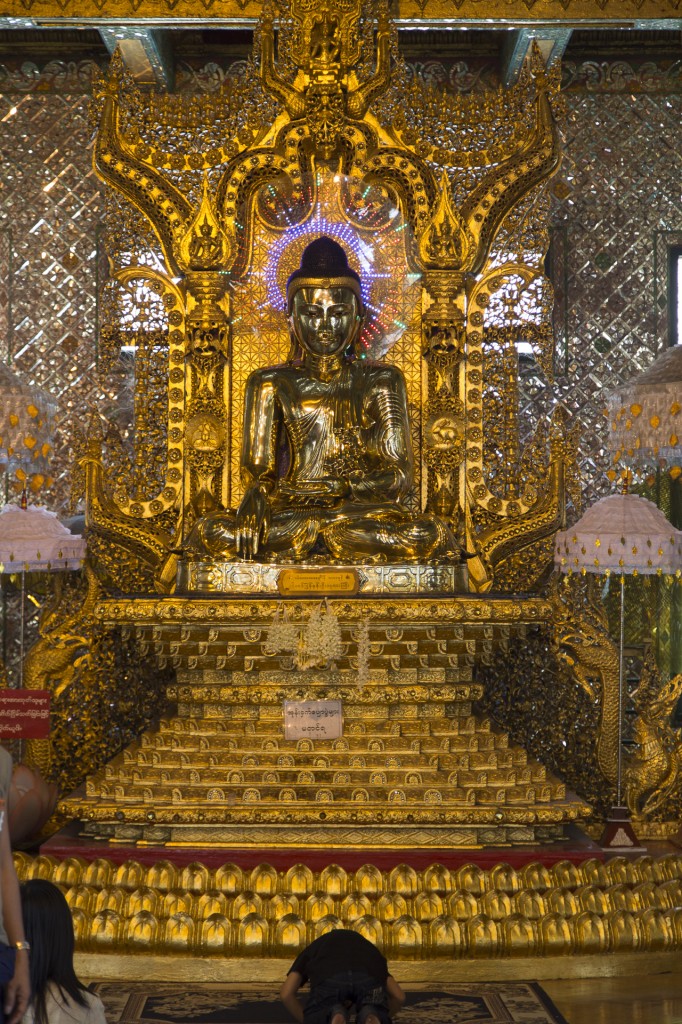


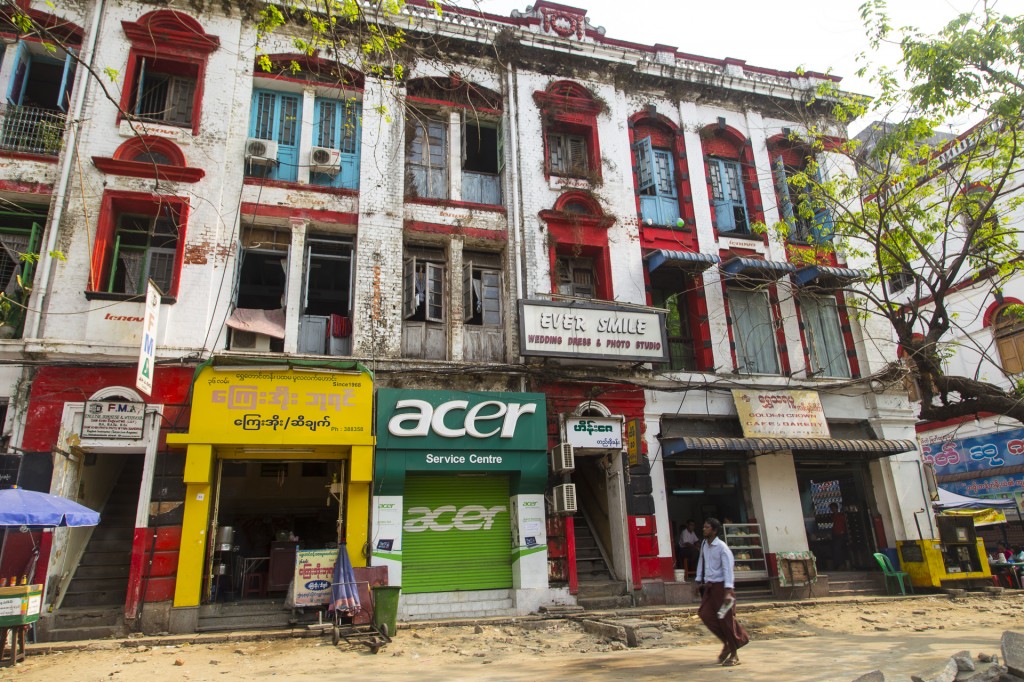
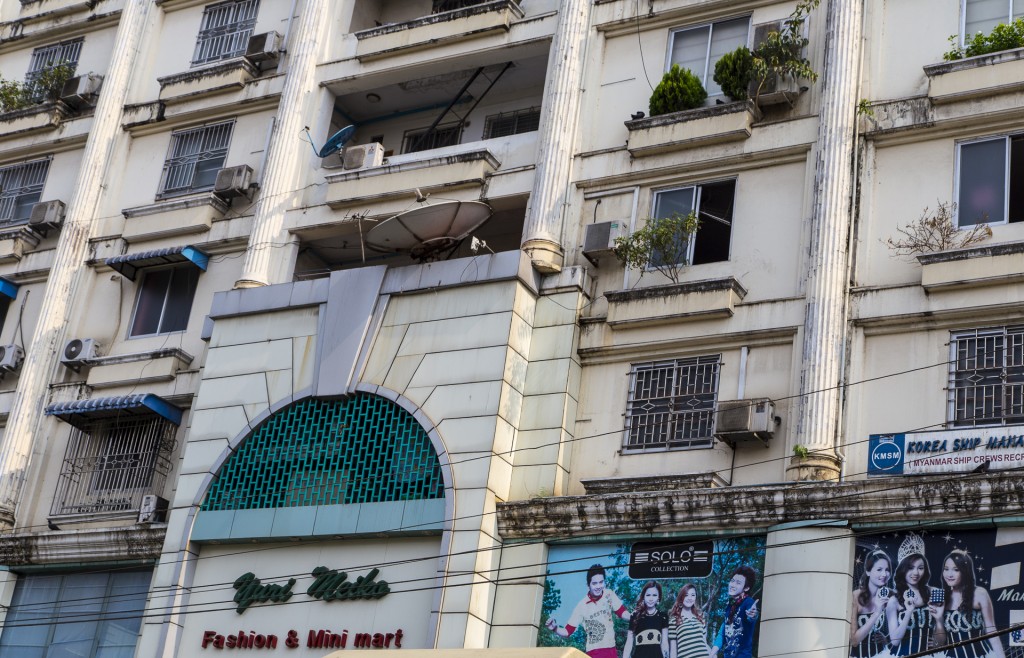

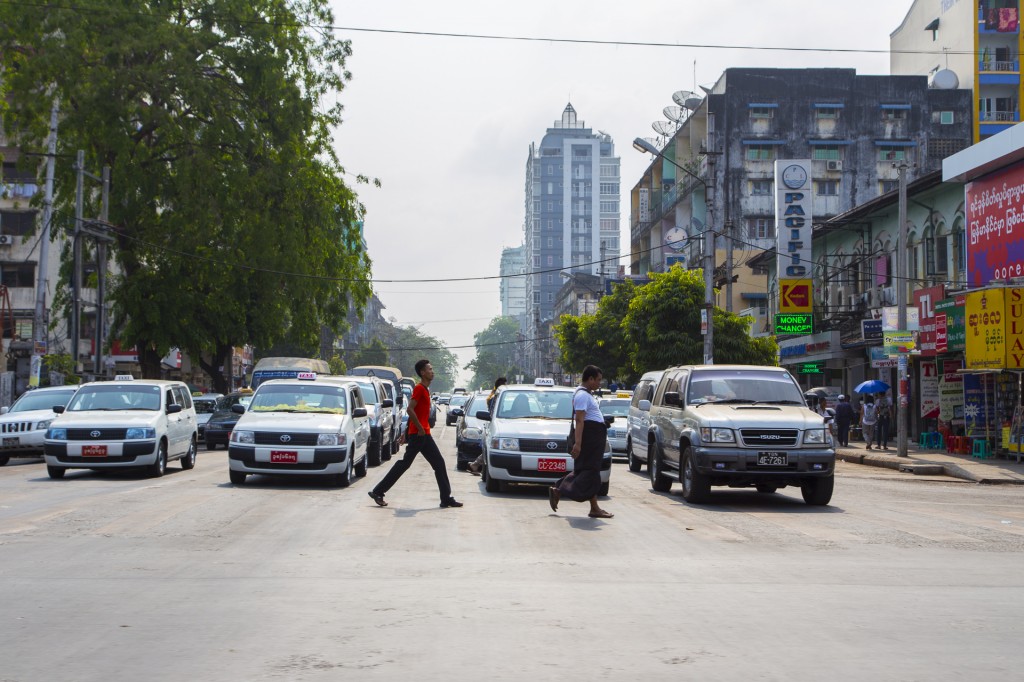

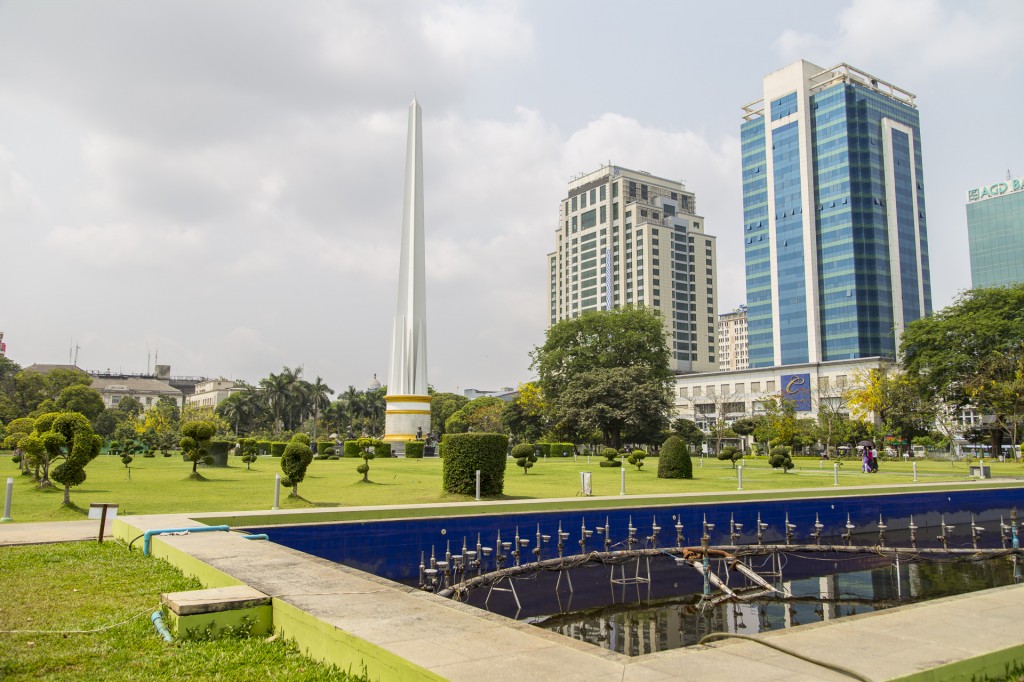
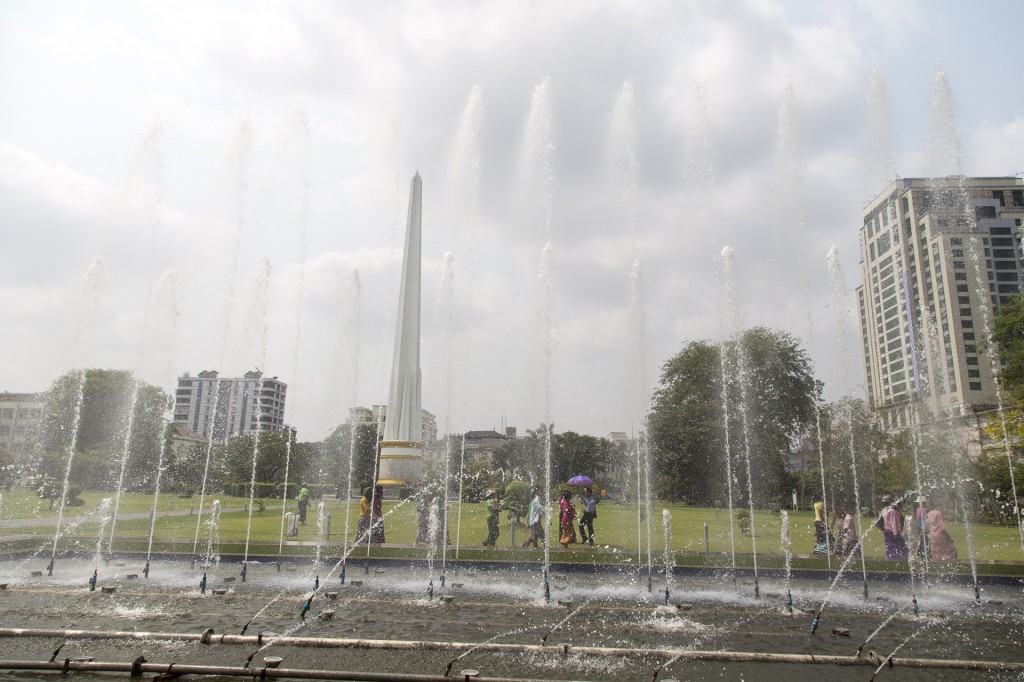
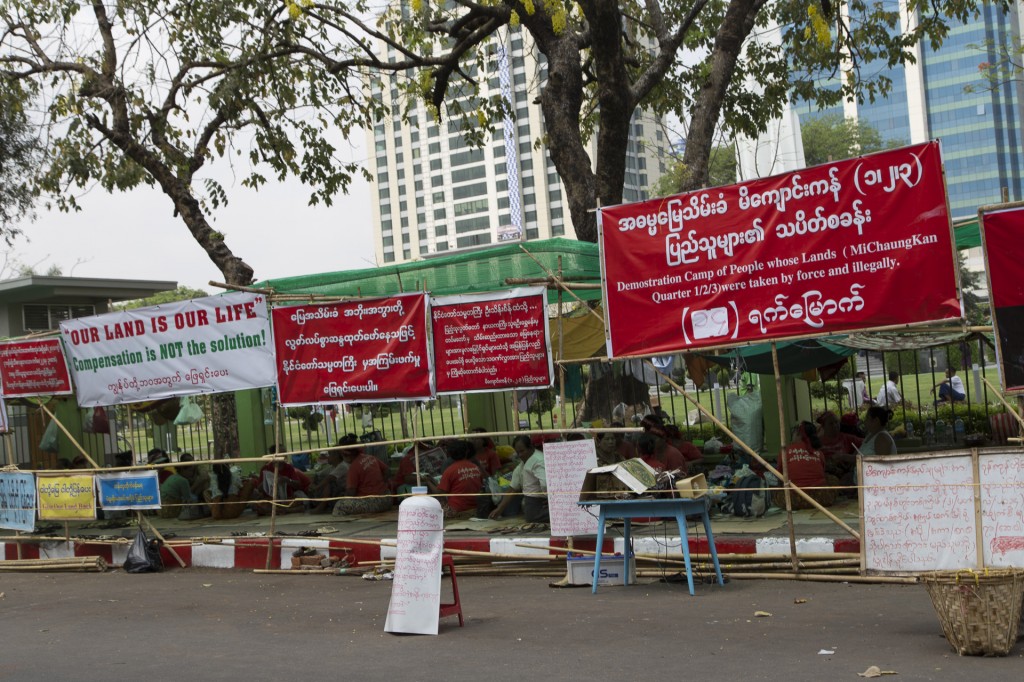

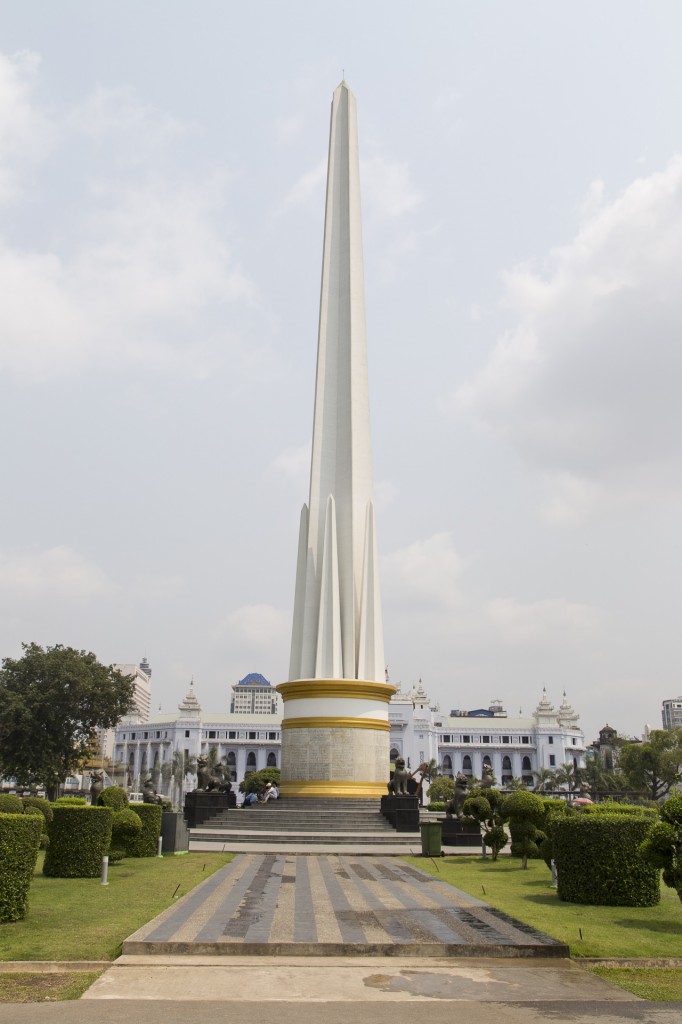
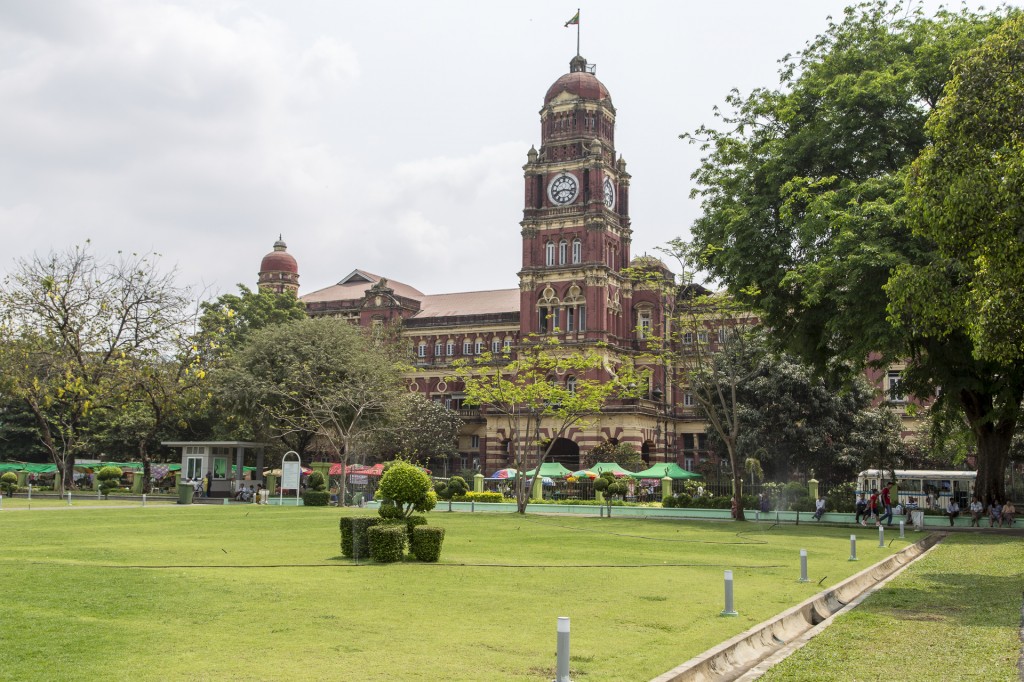

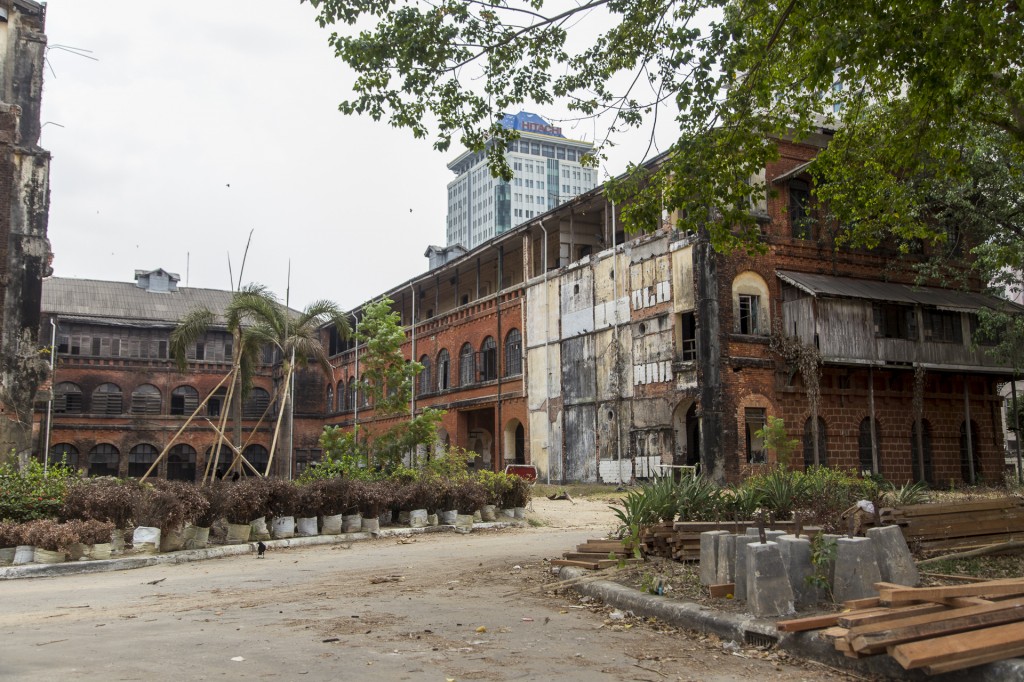


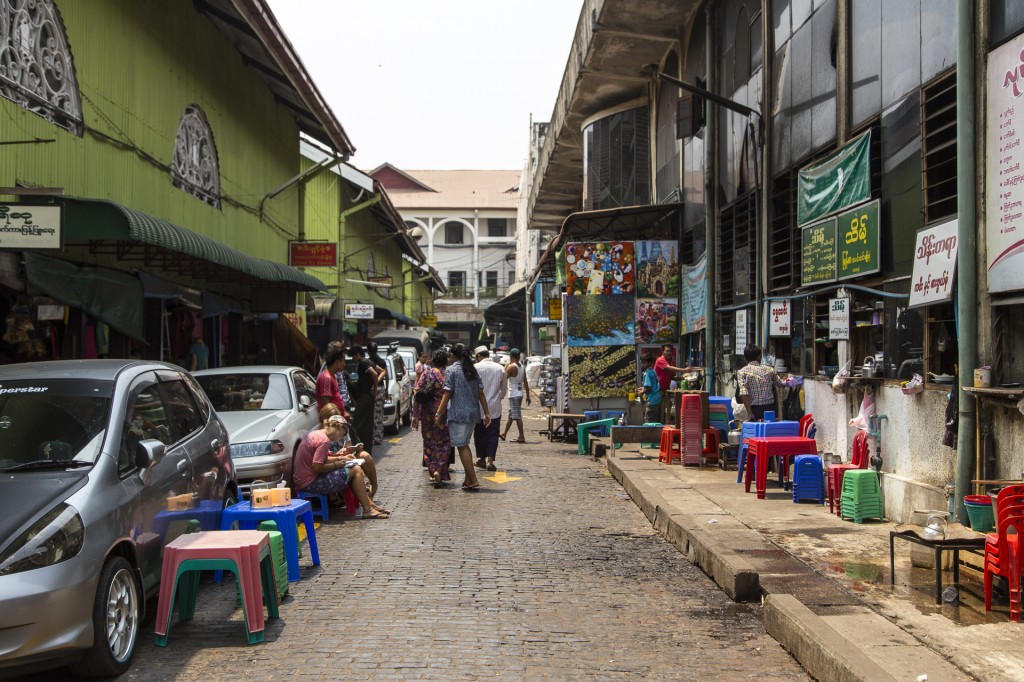
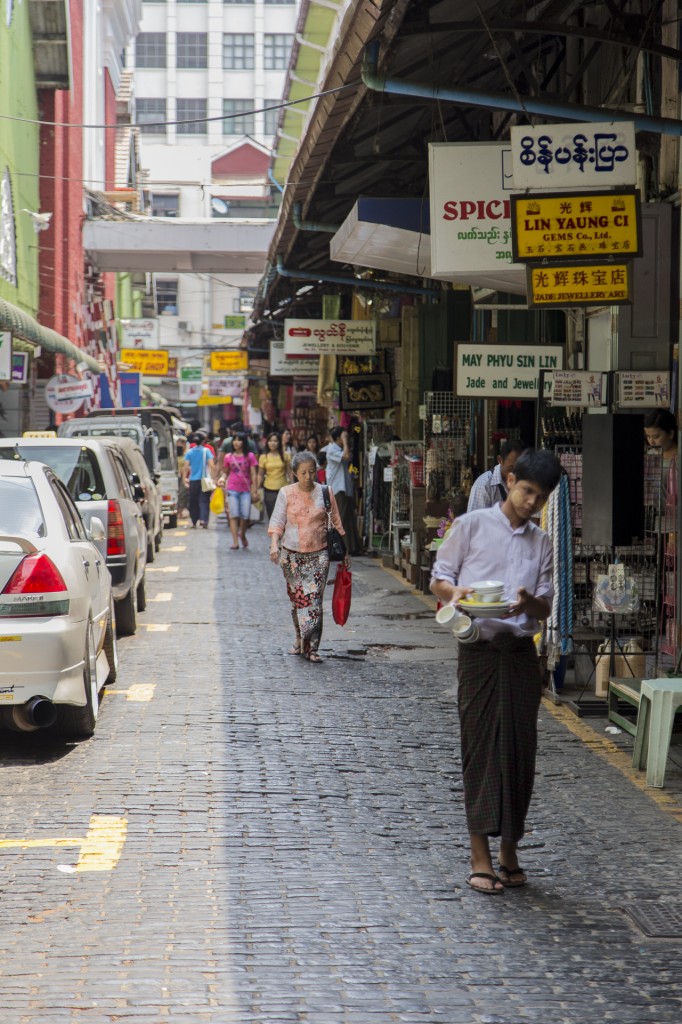

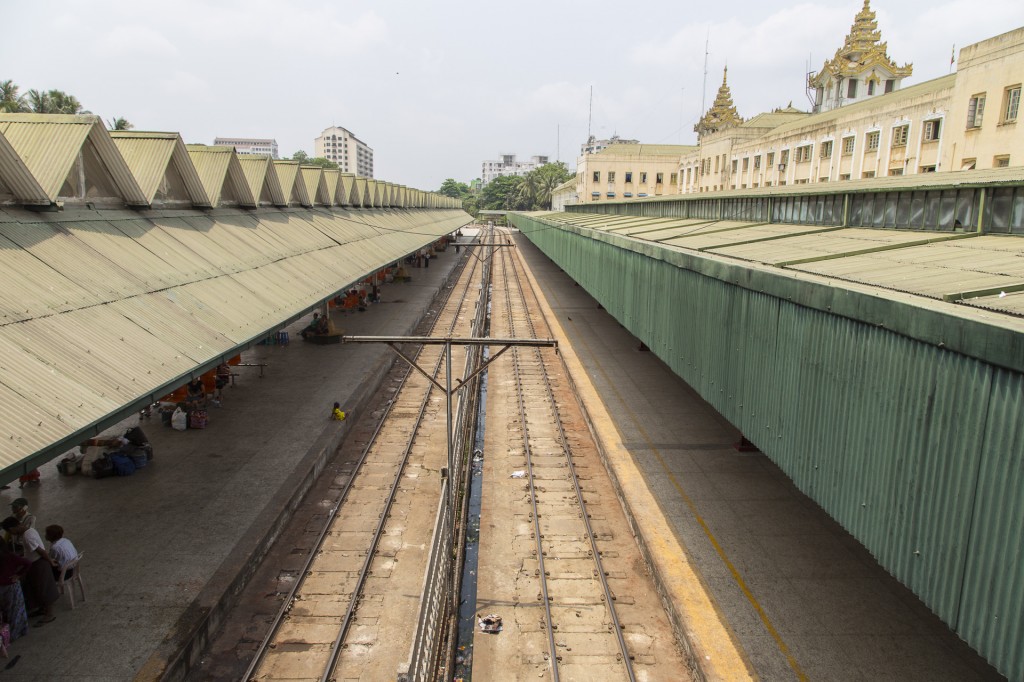
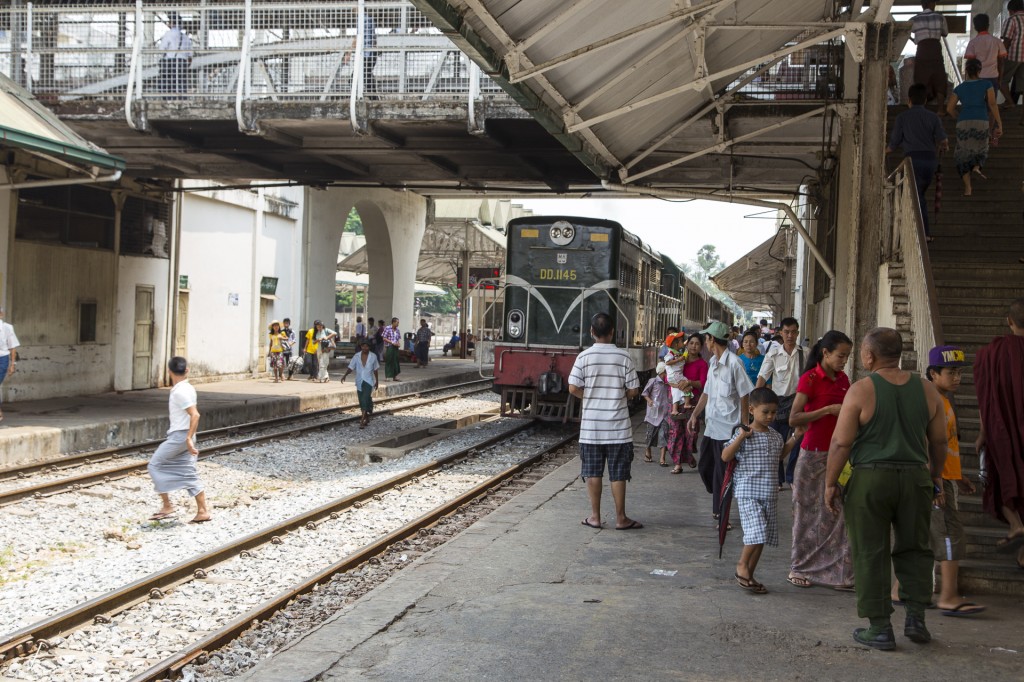
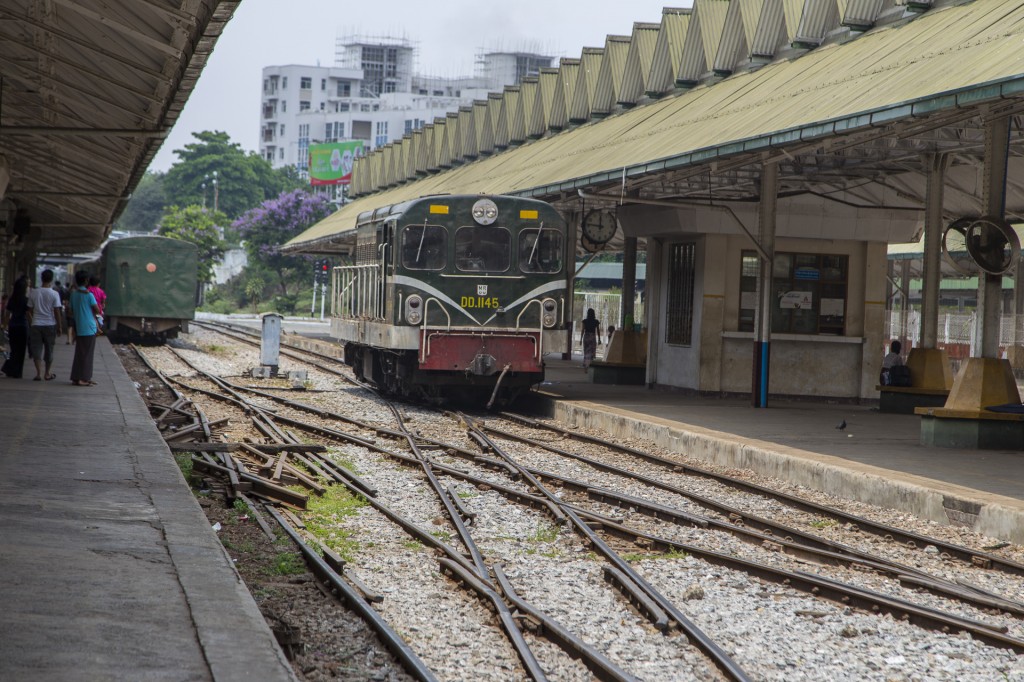
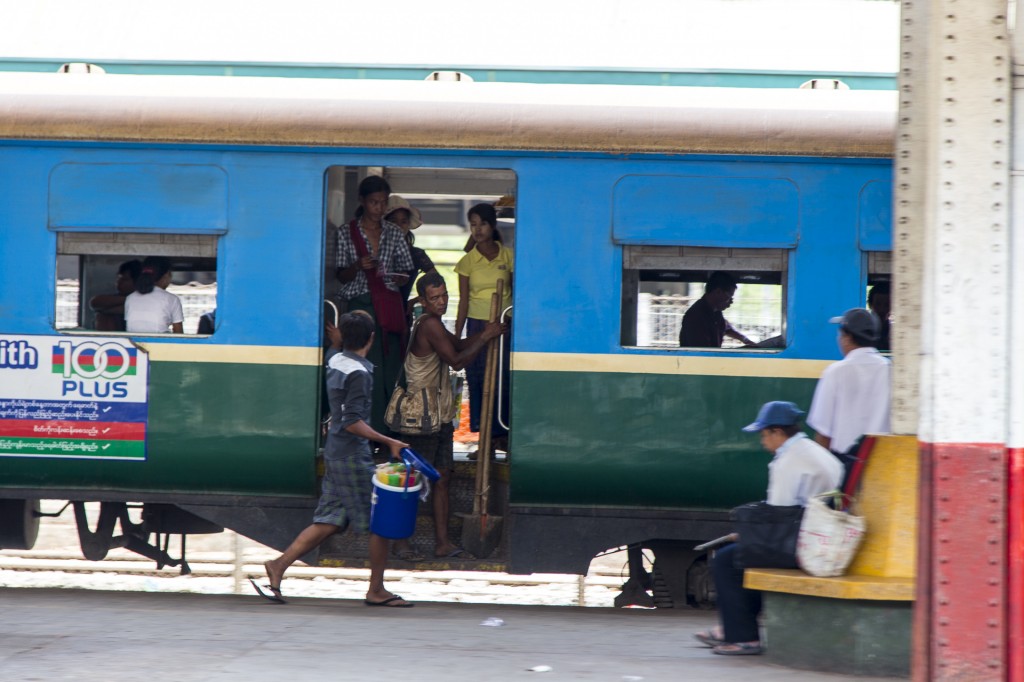

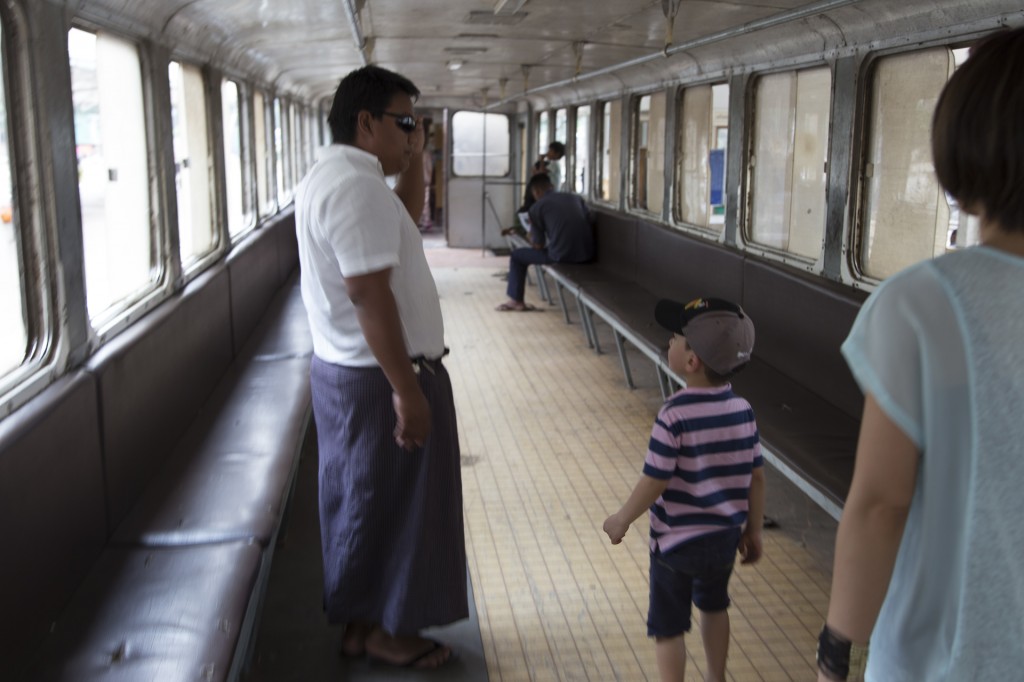

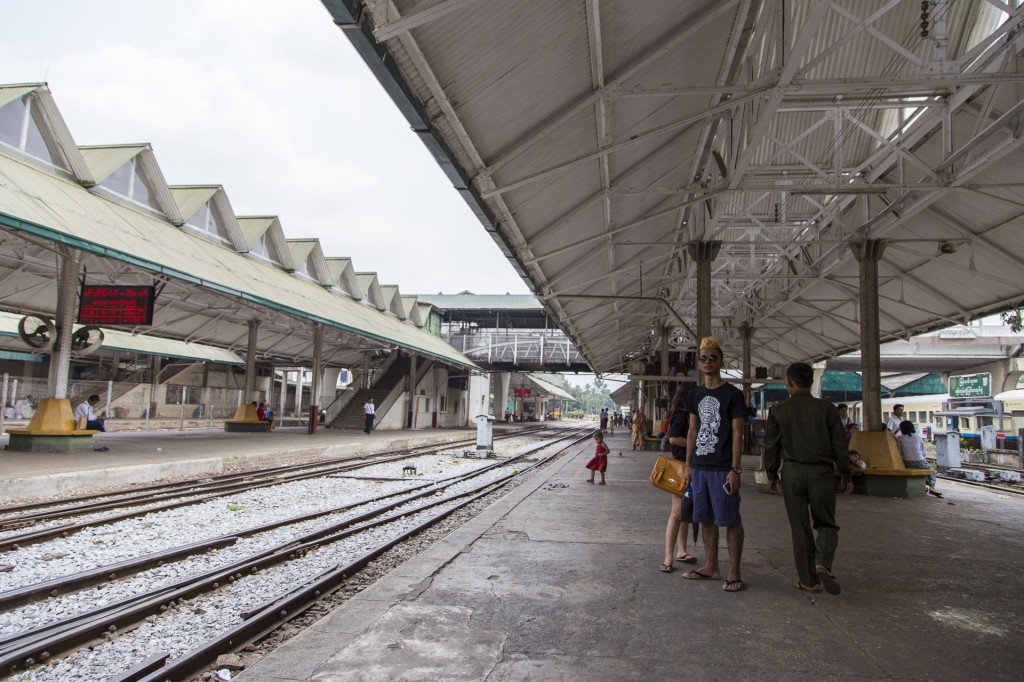
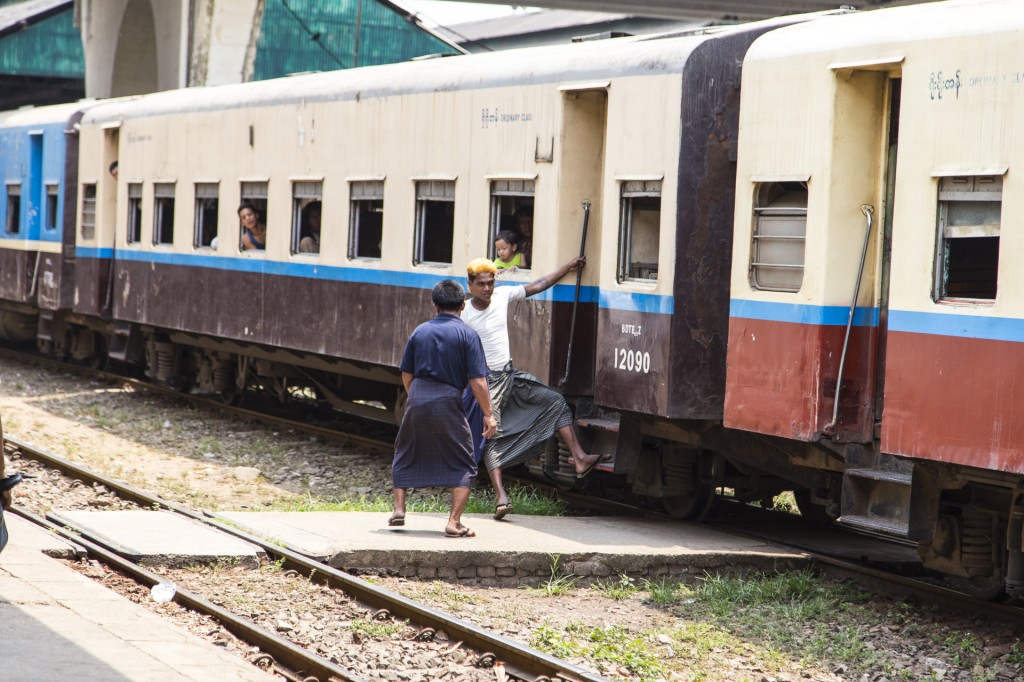
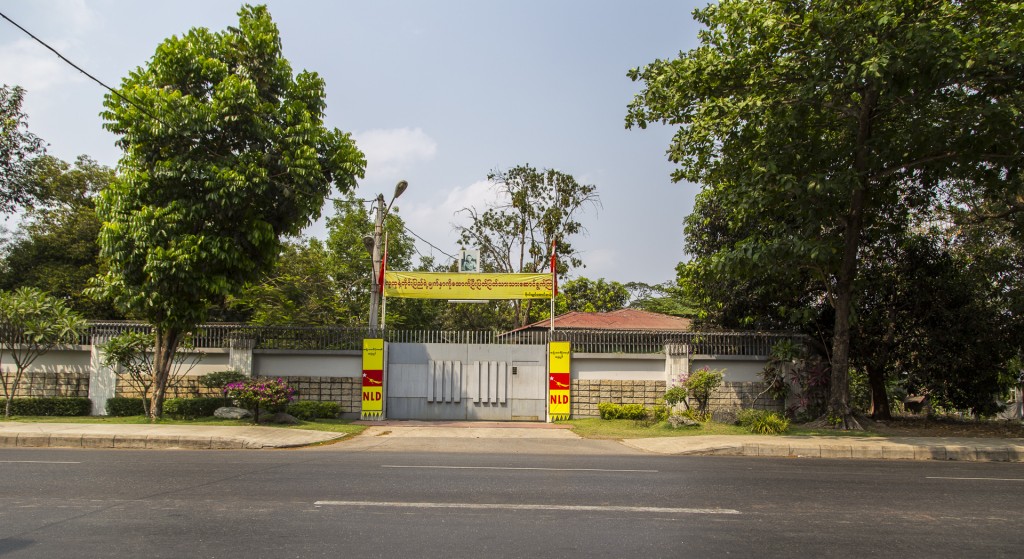
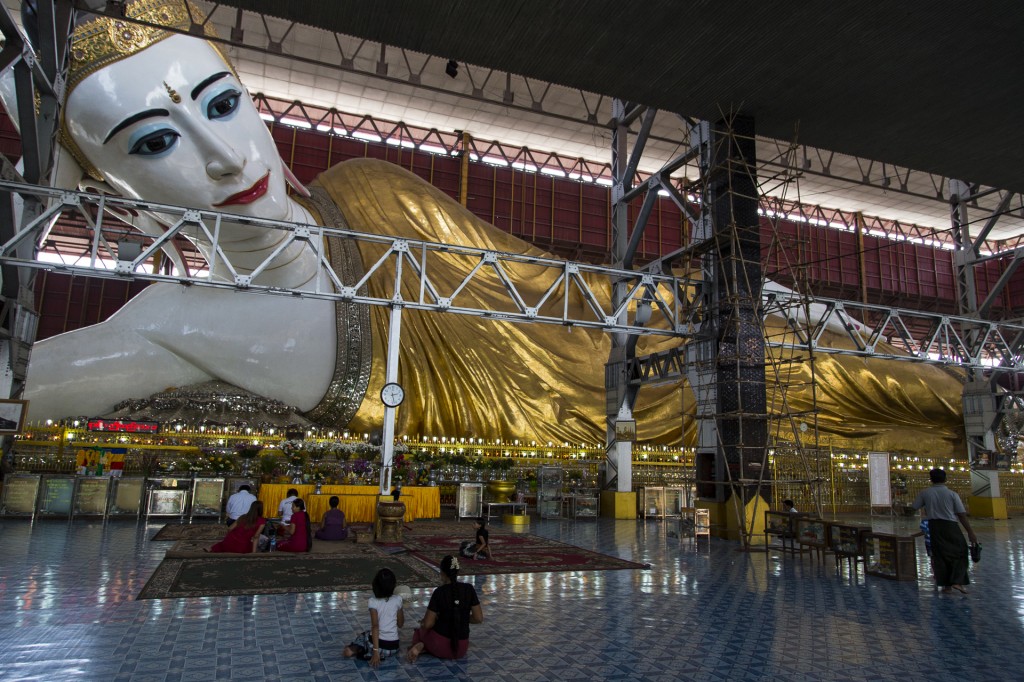


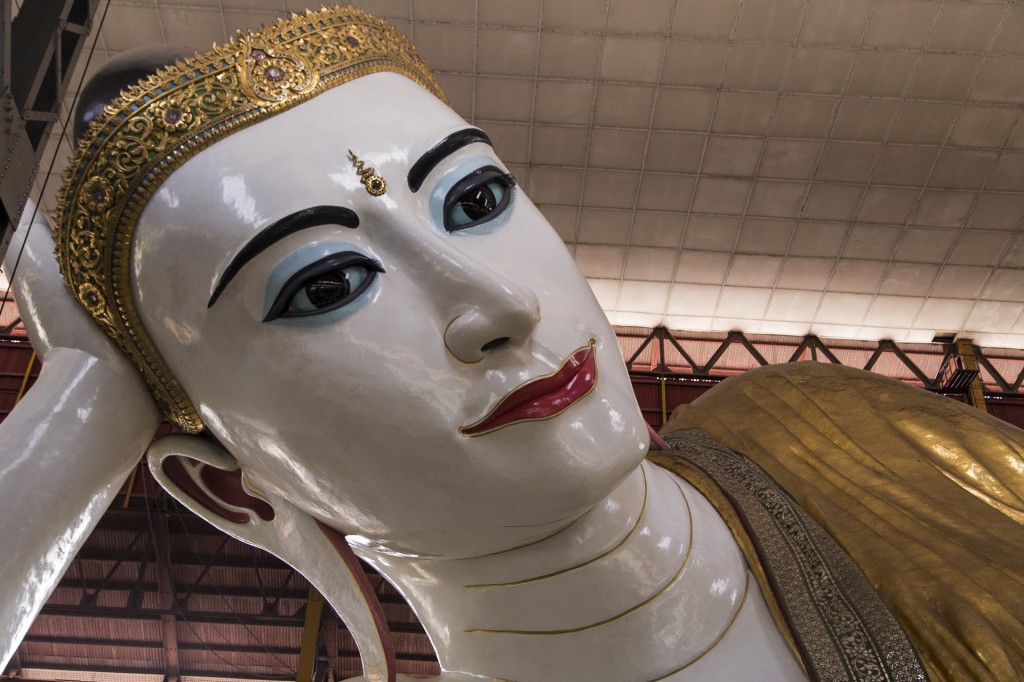
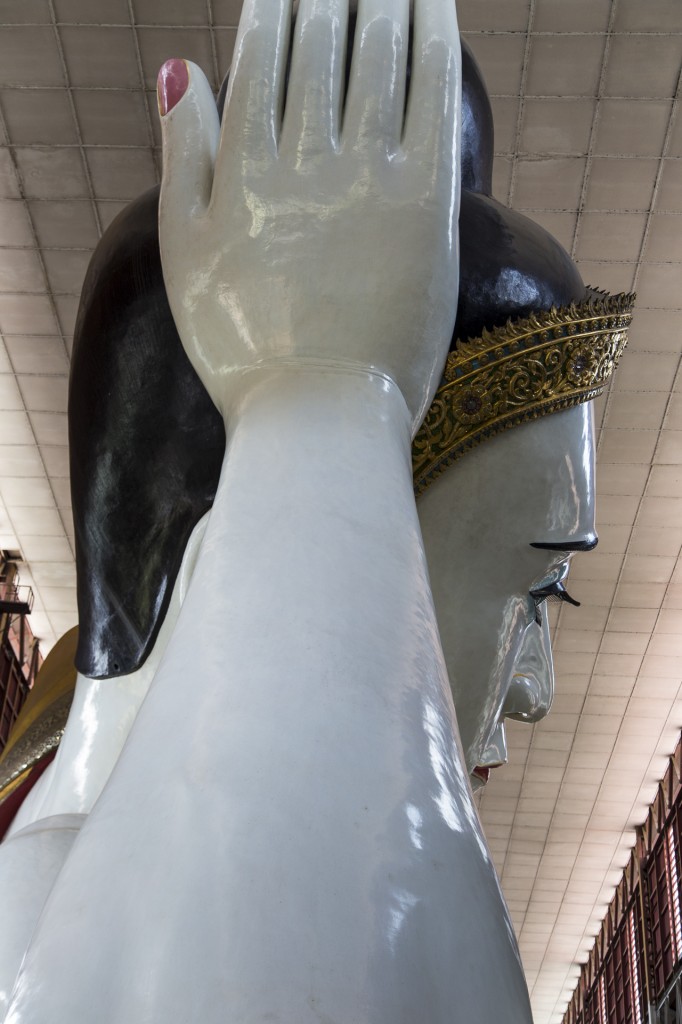
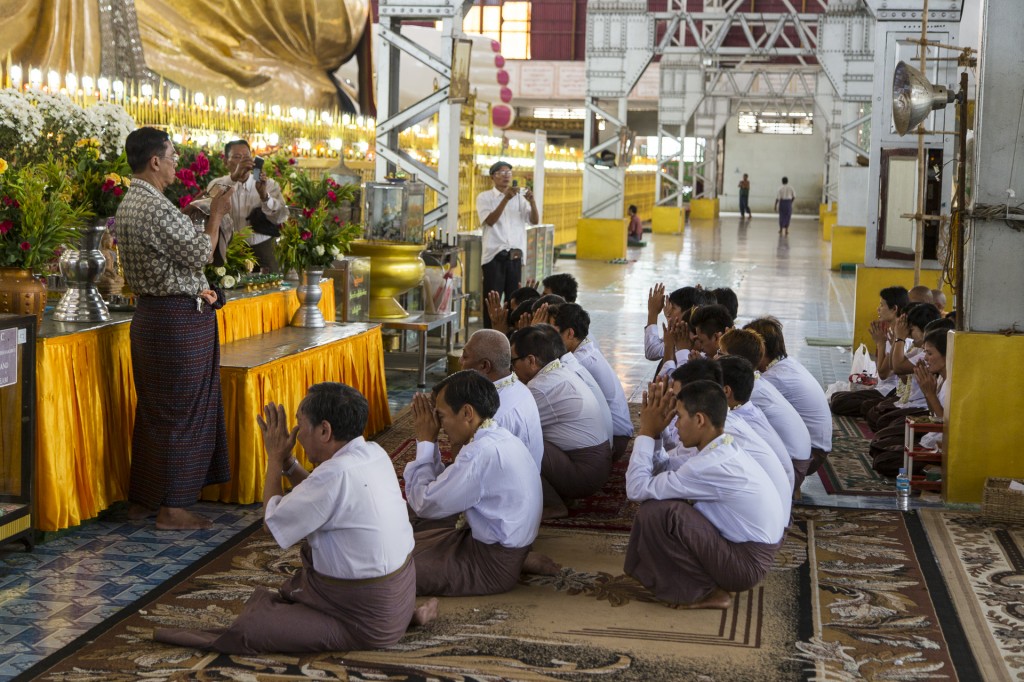
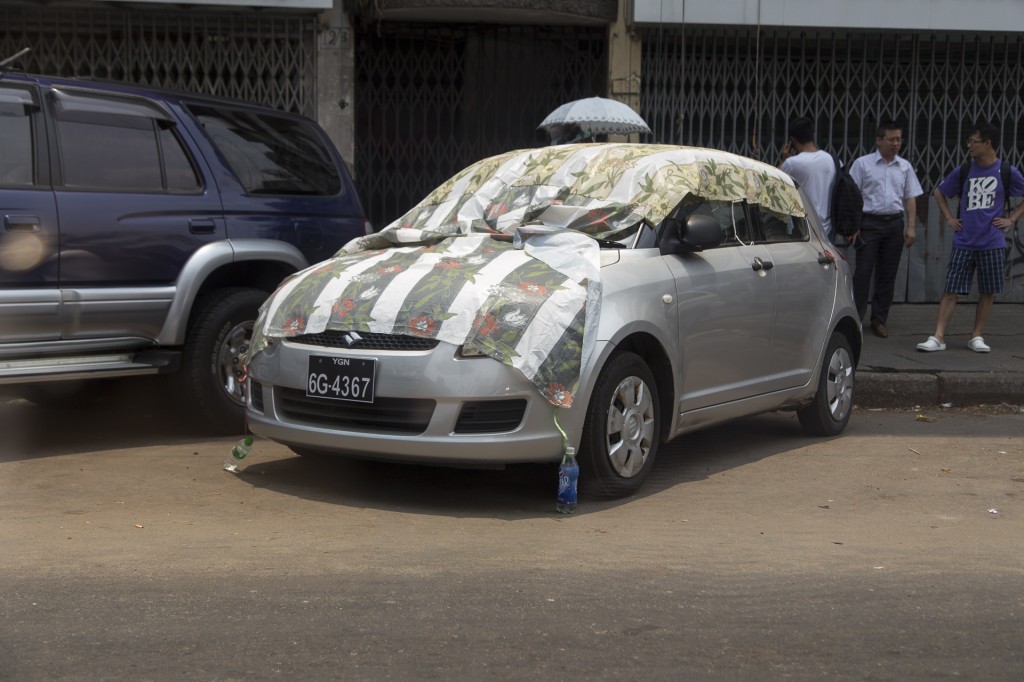
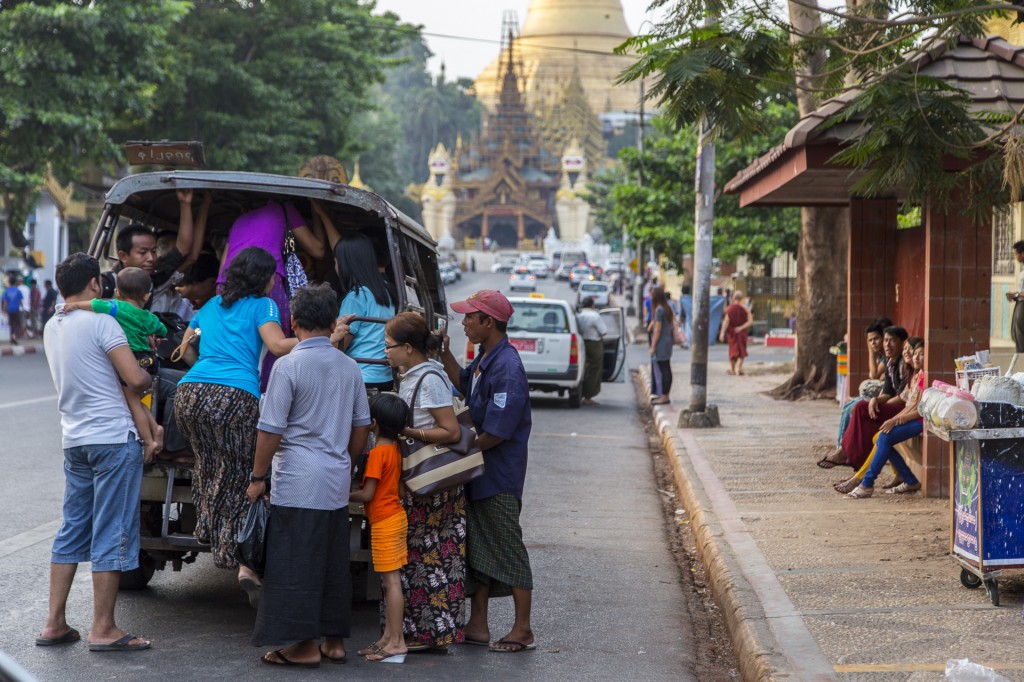
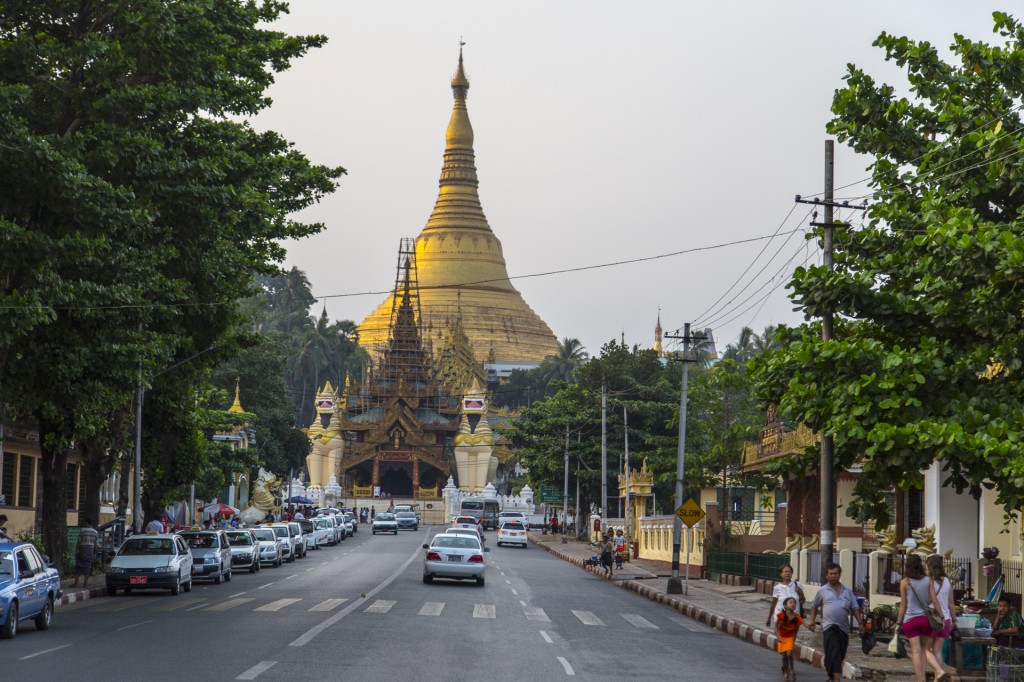
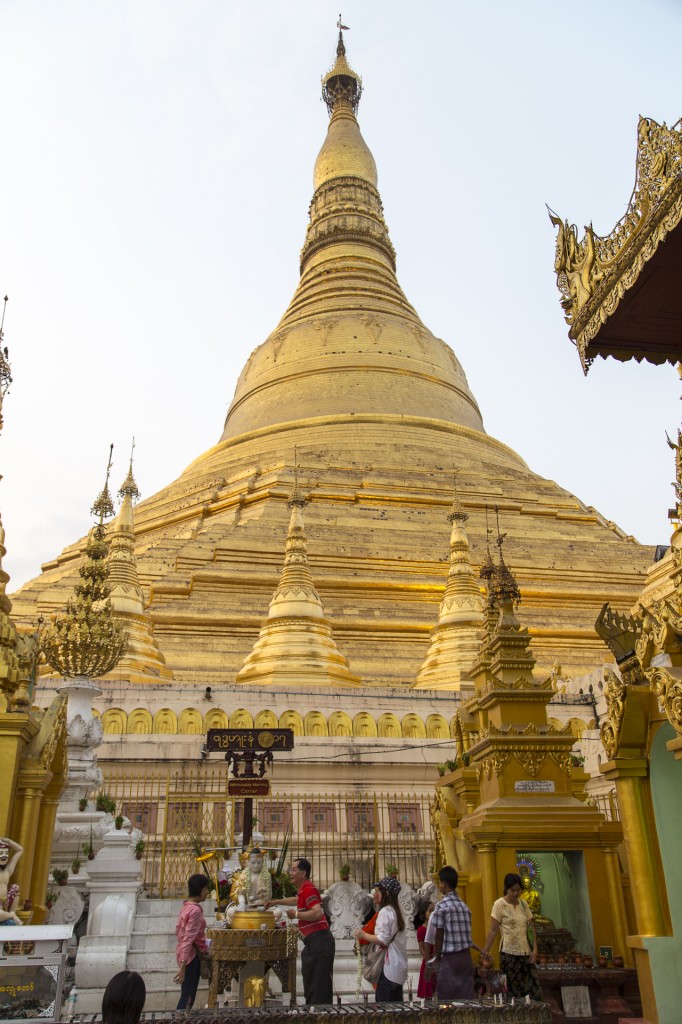
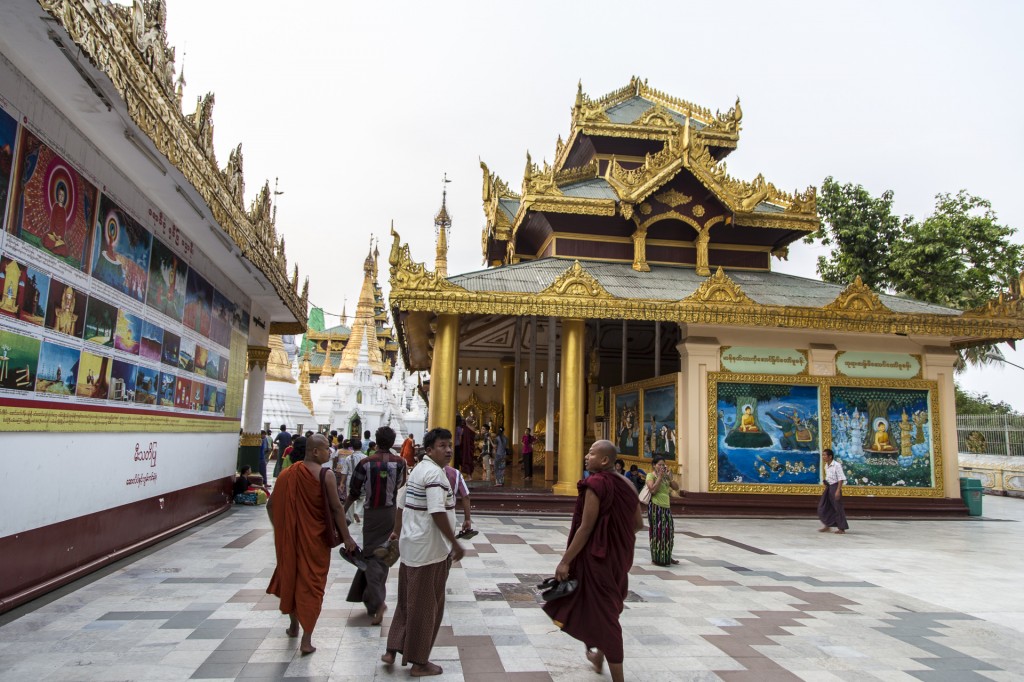
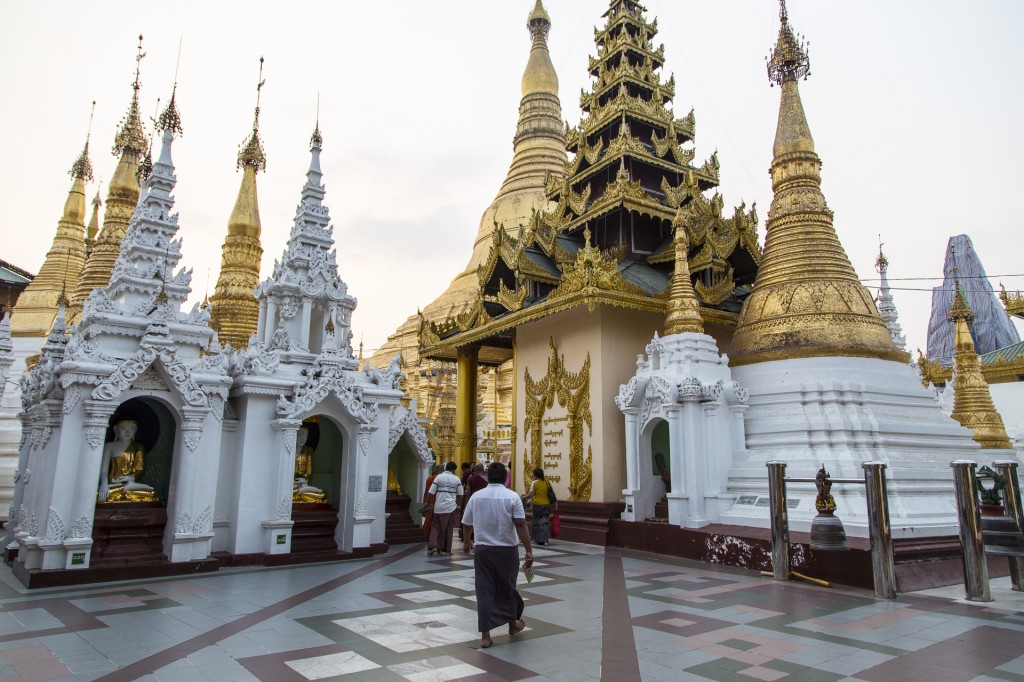
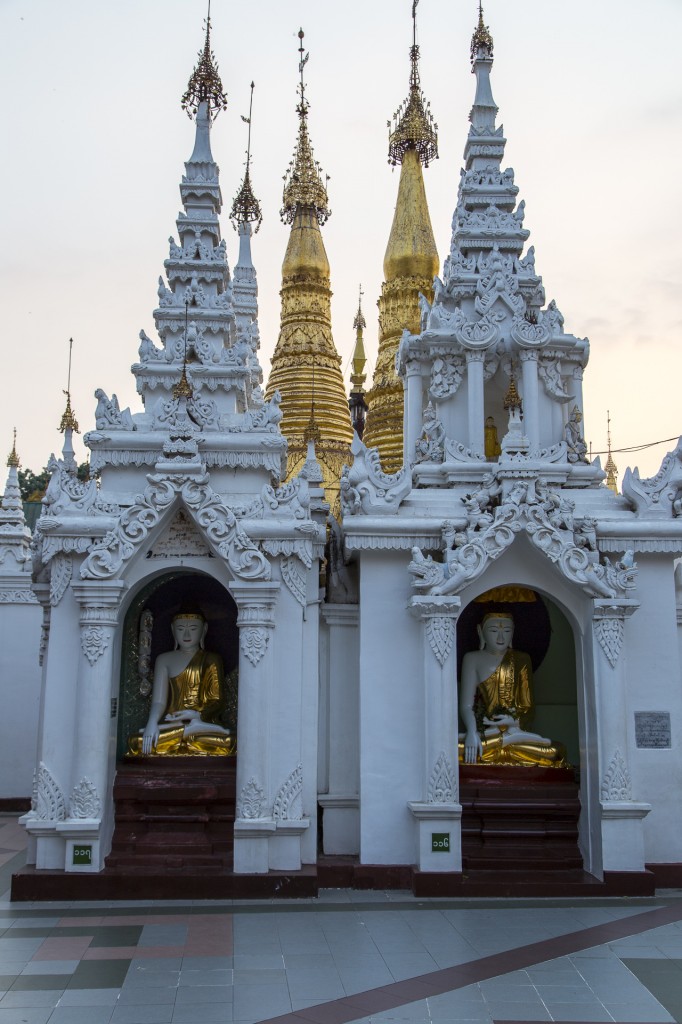
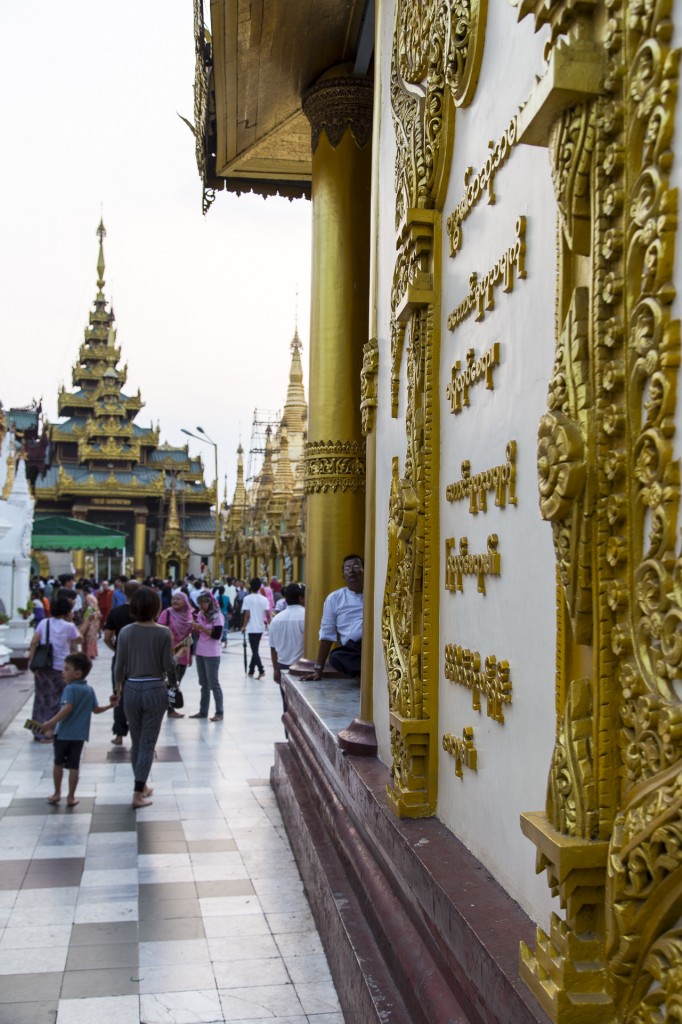
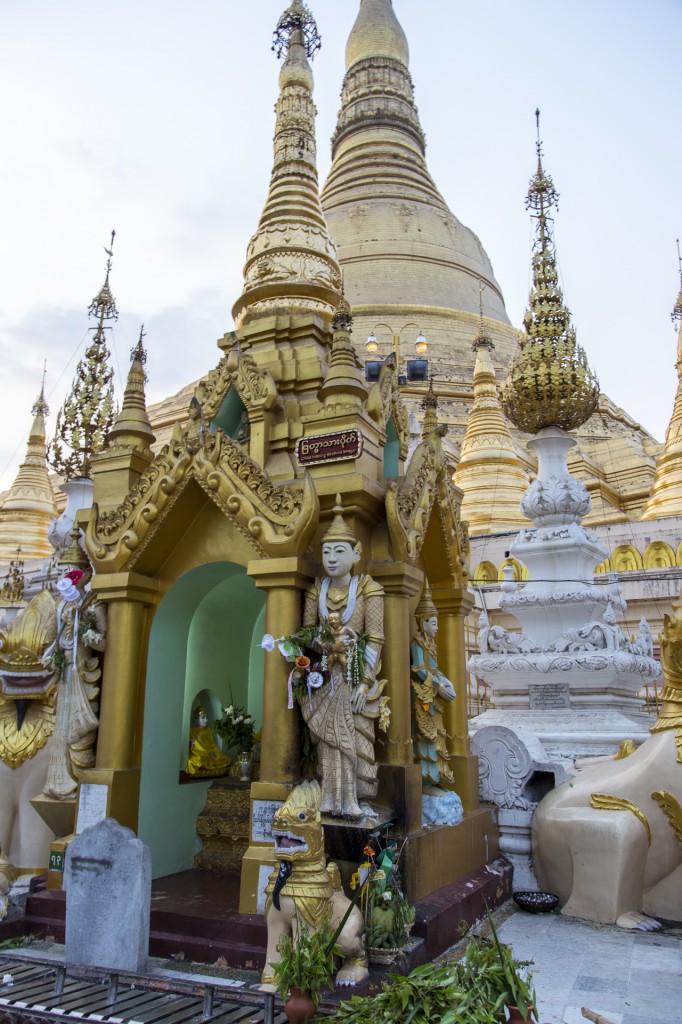
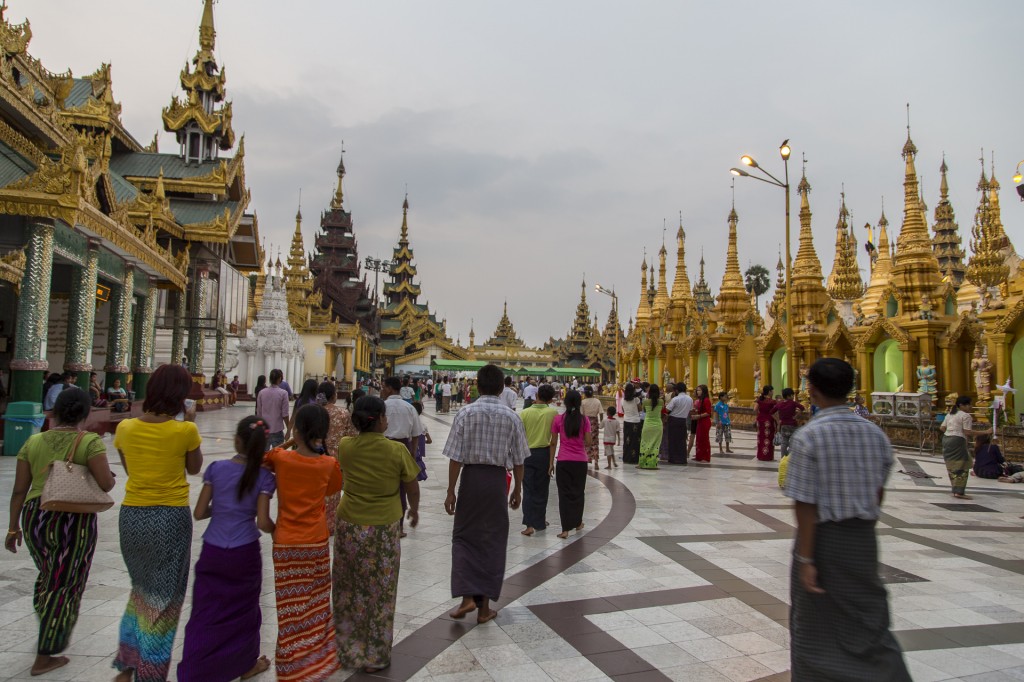


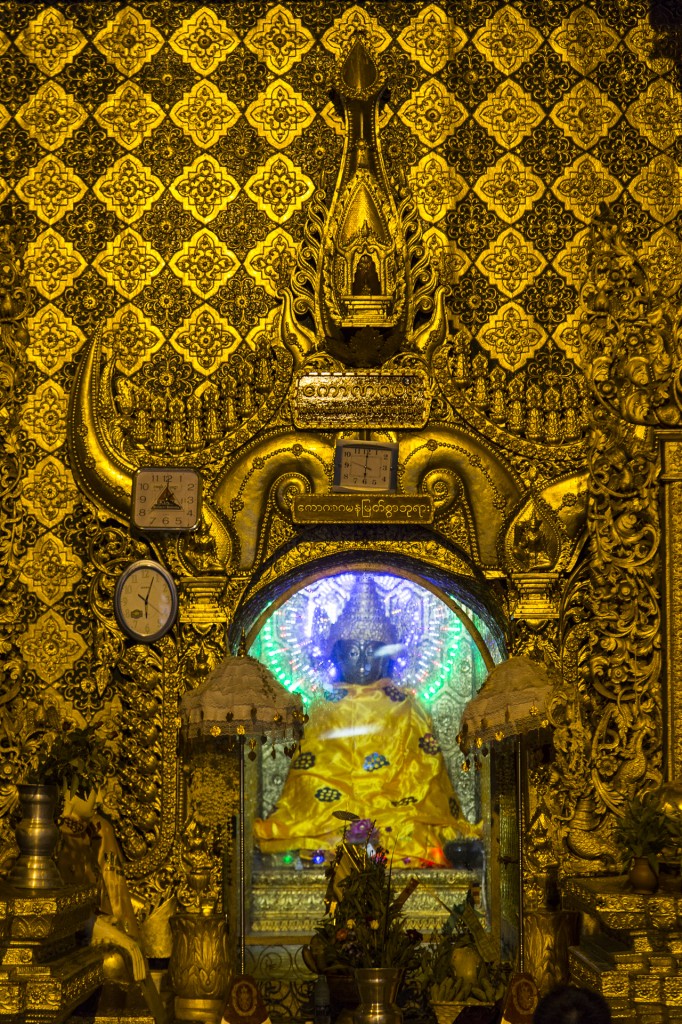
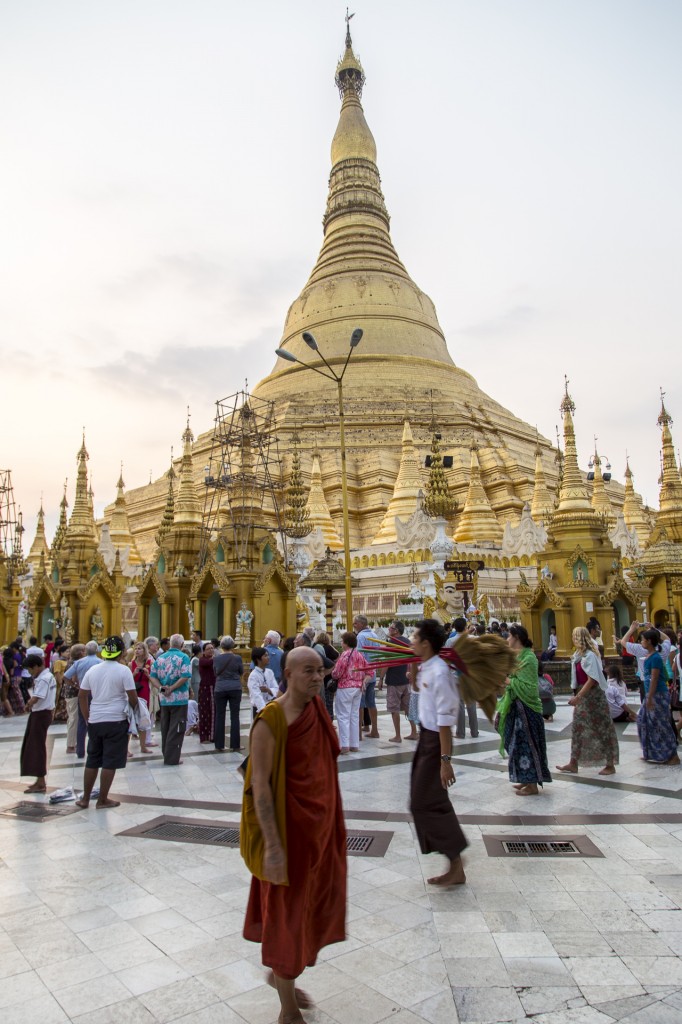


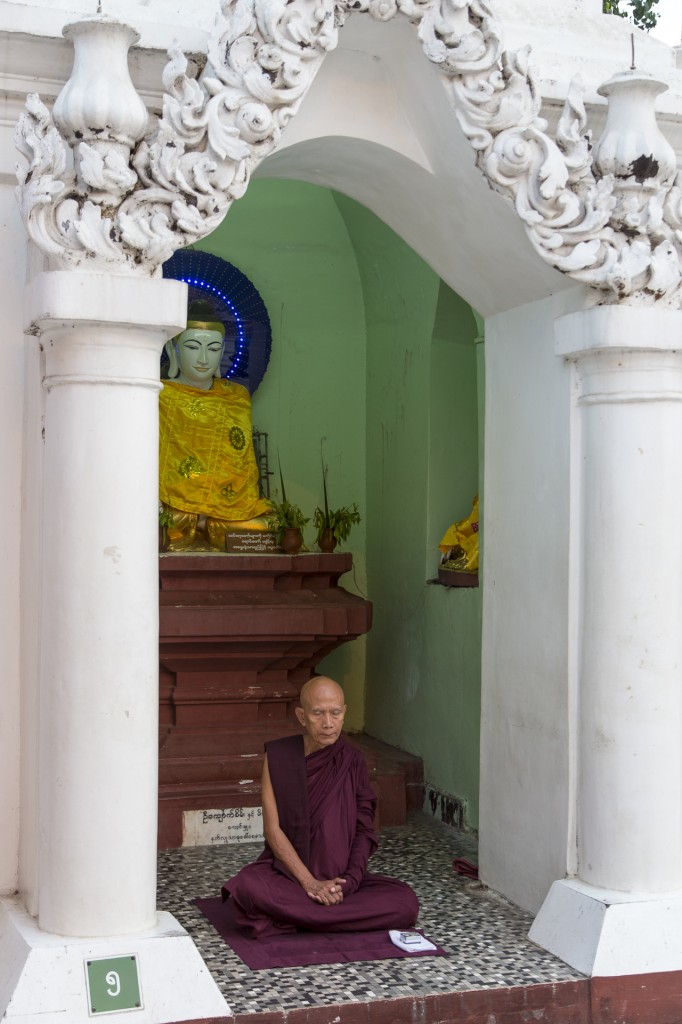
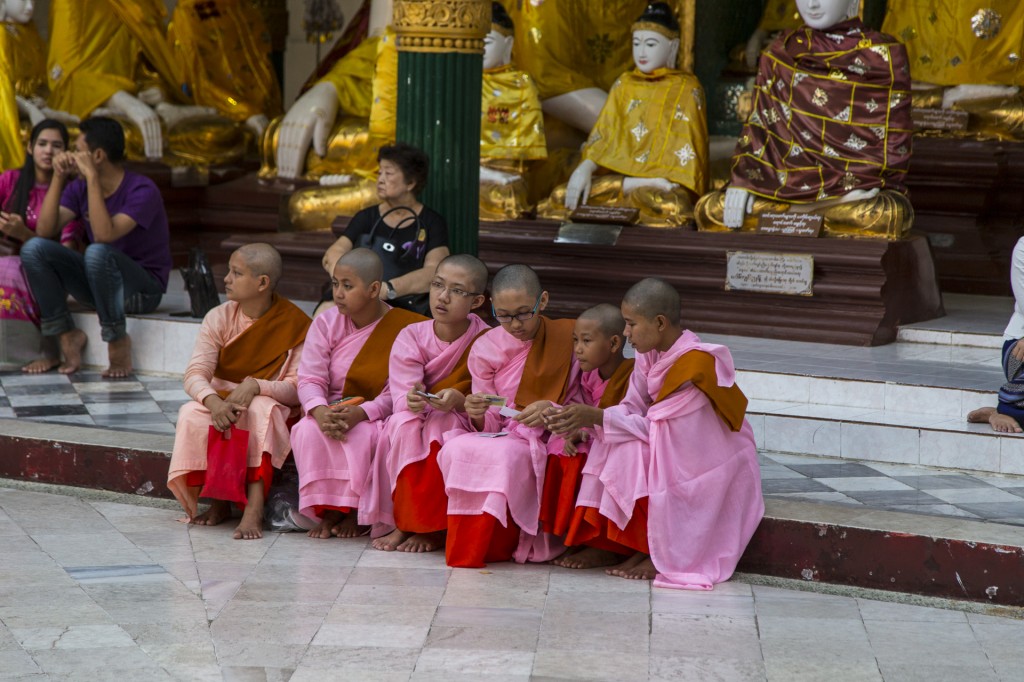

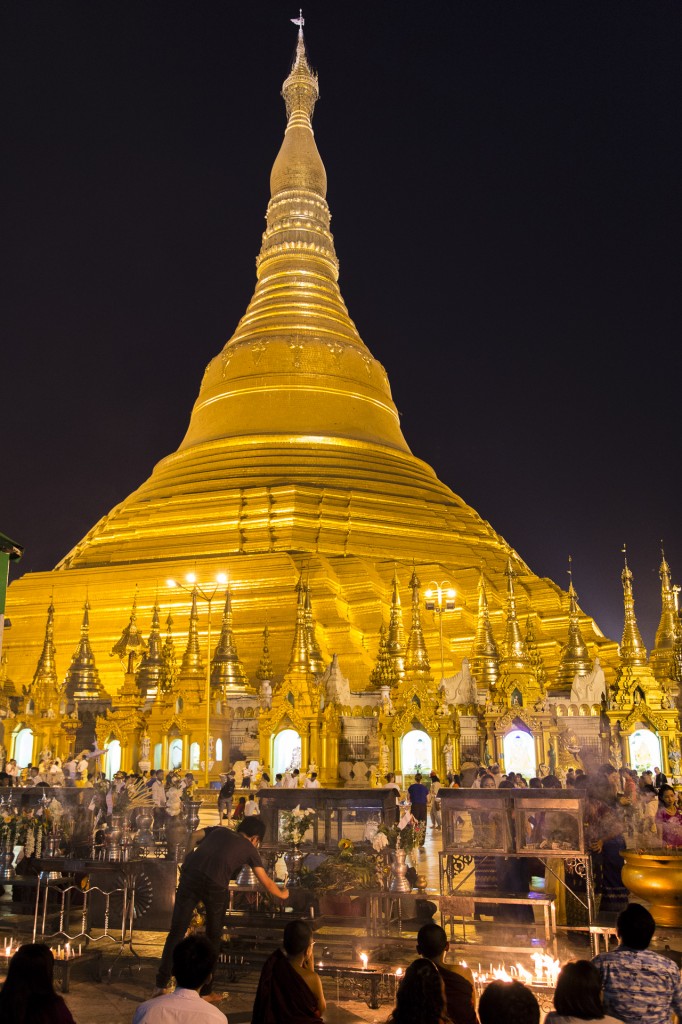
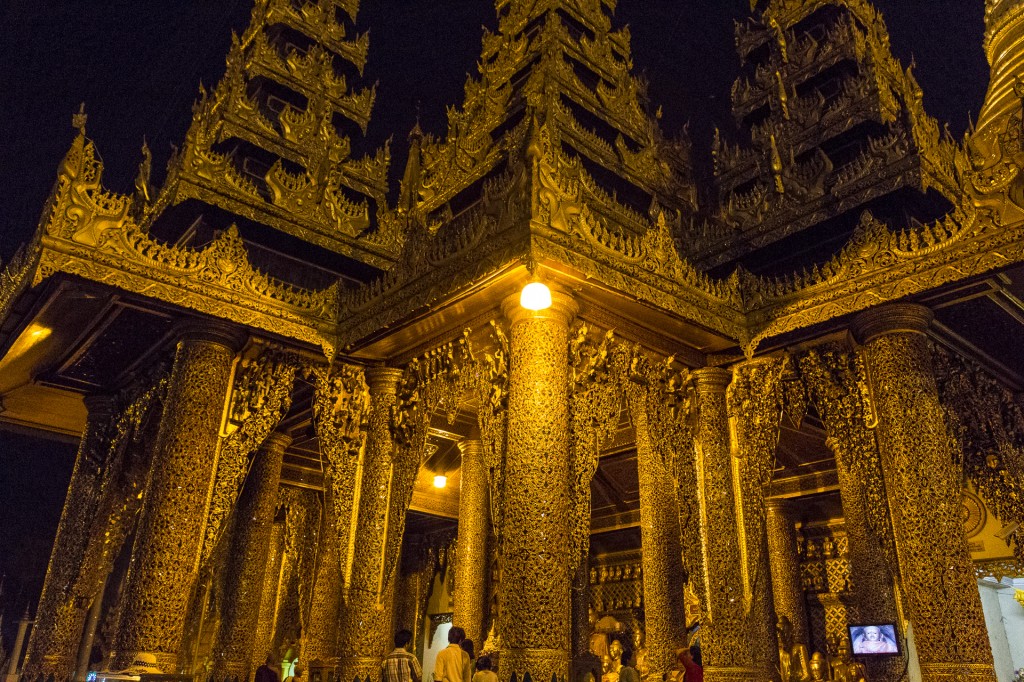

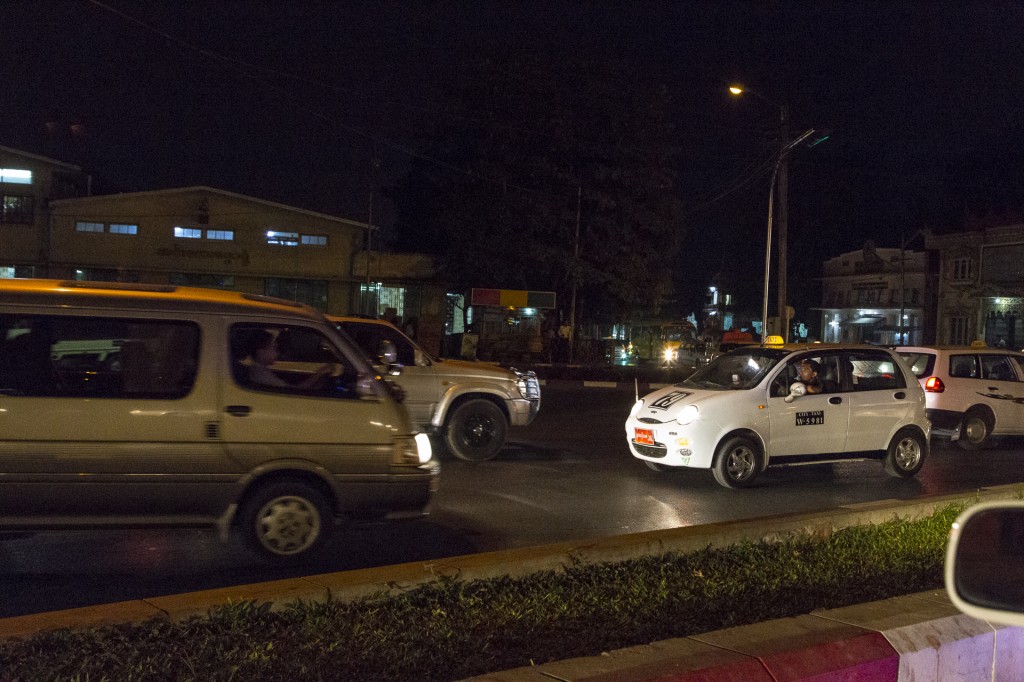
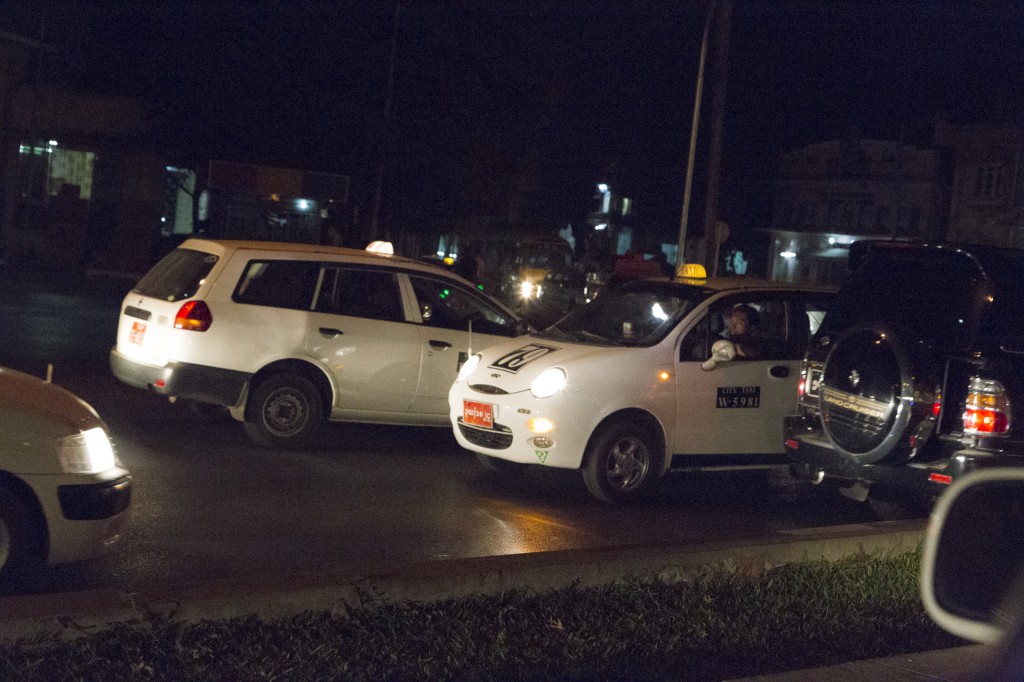

You must log in to post a comment.